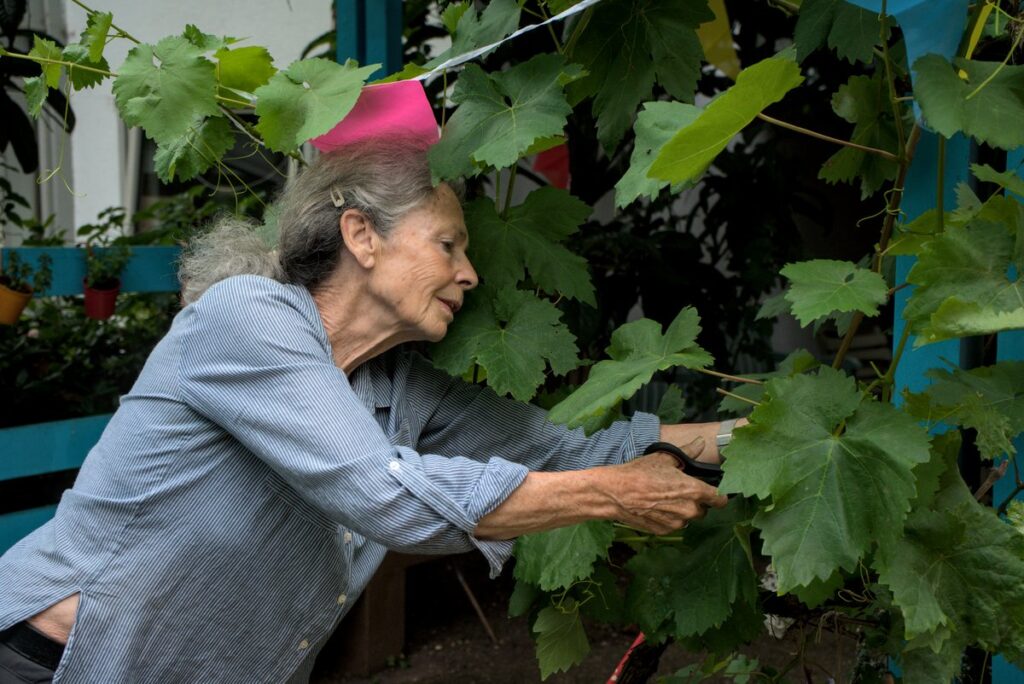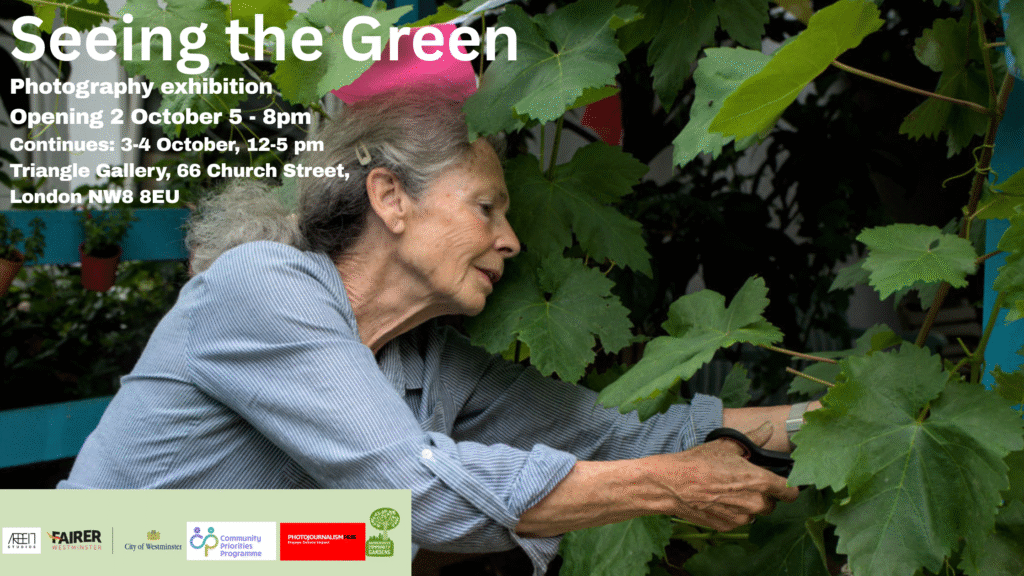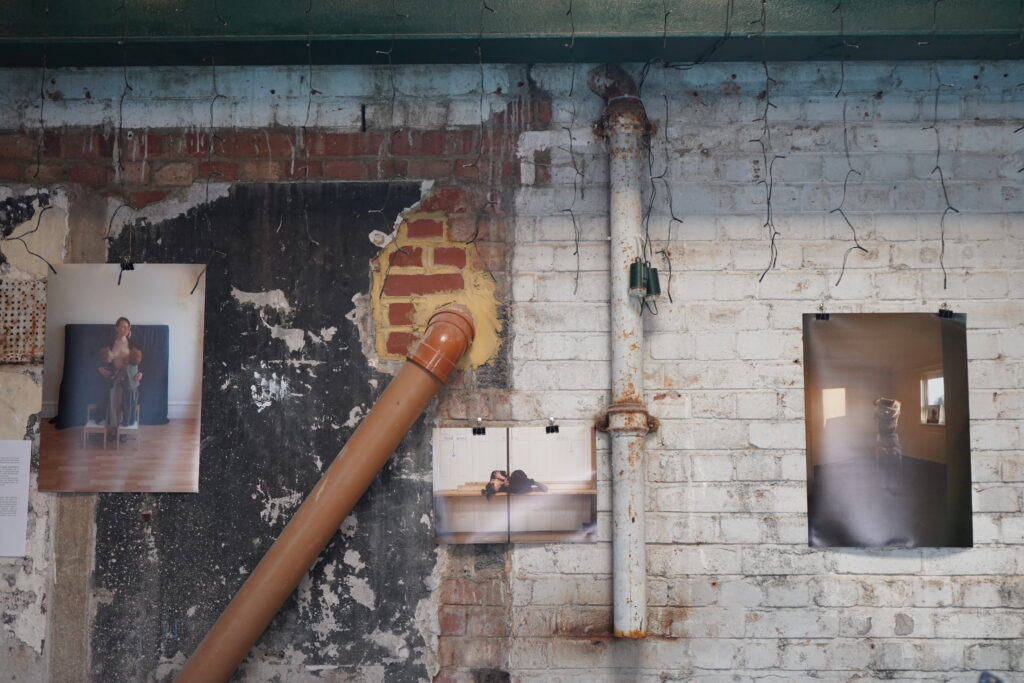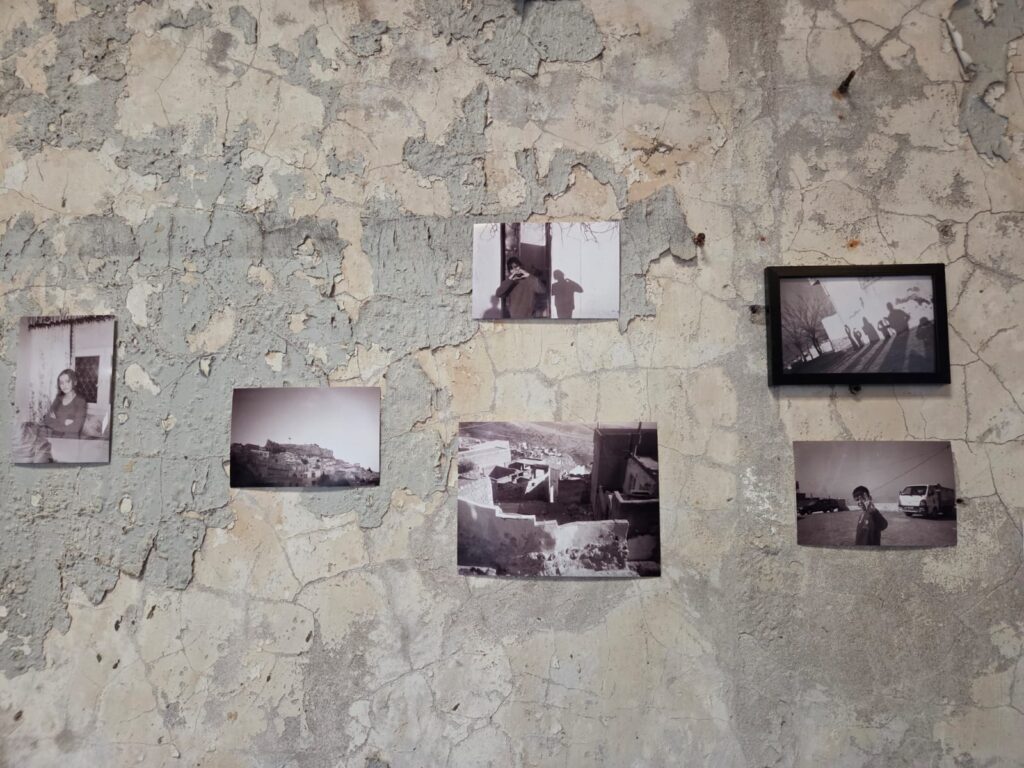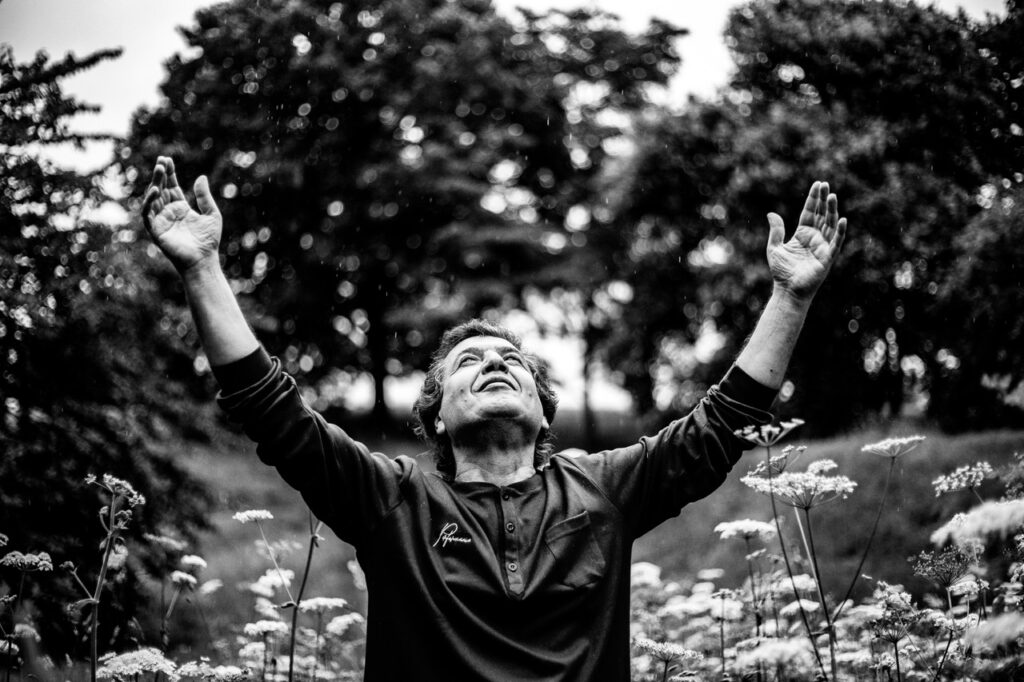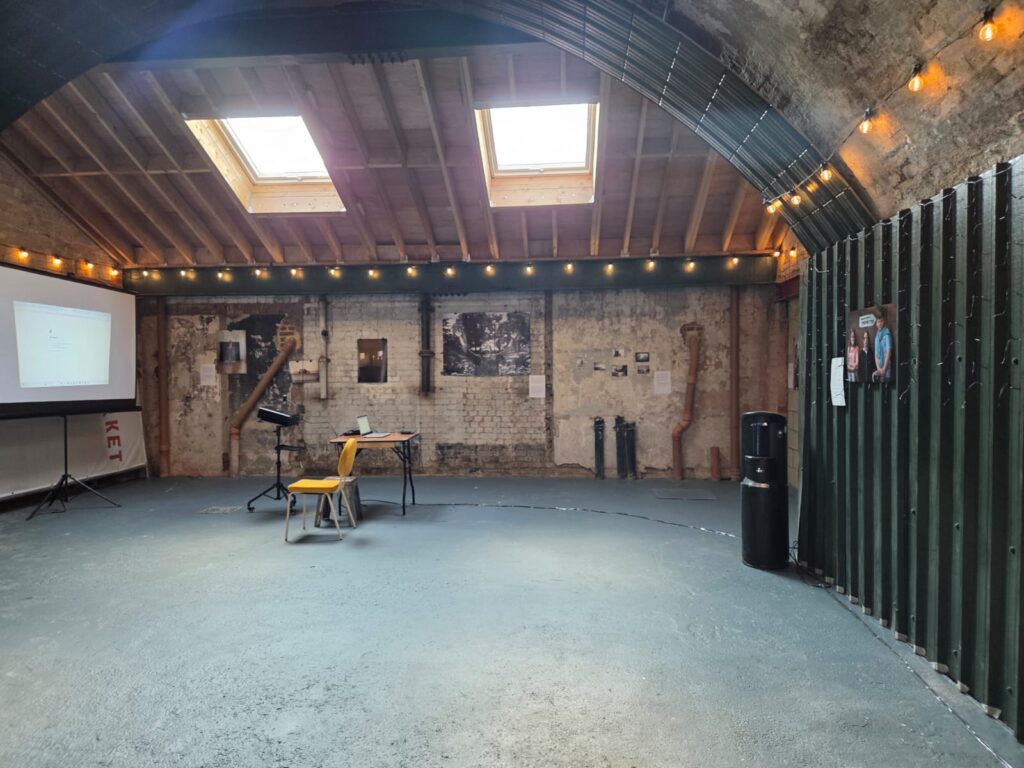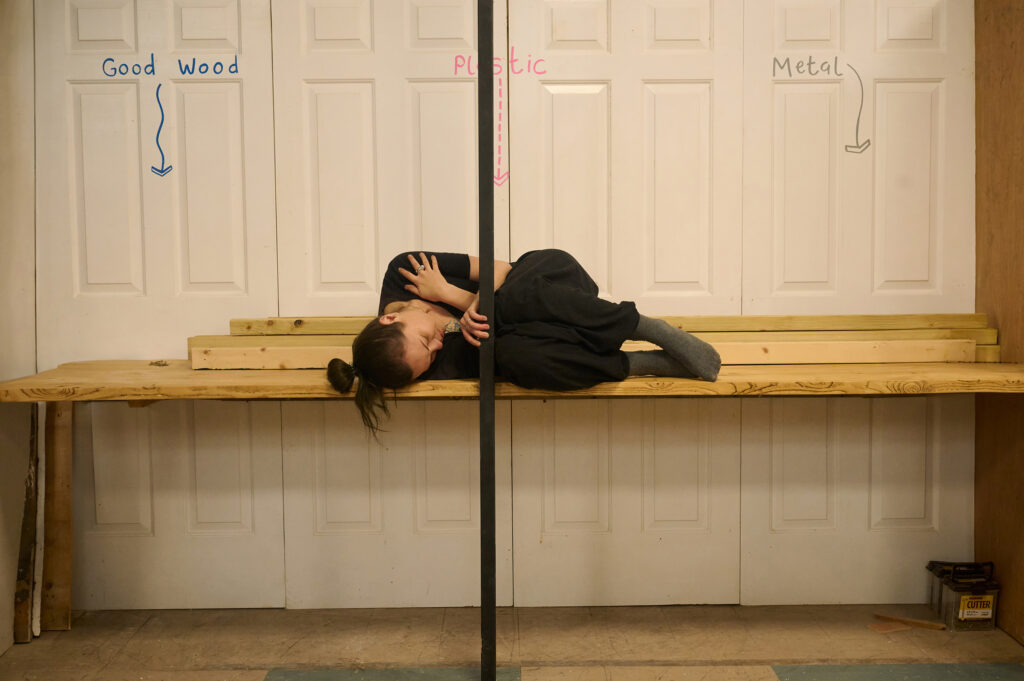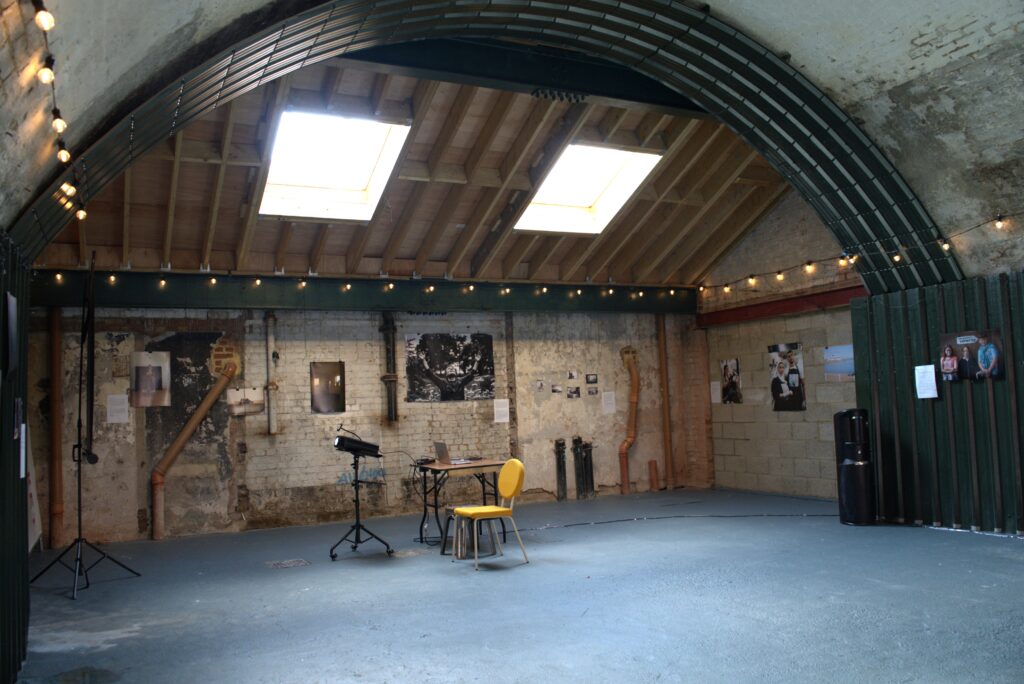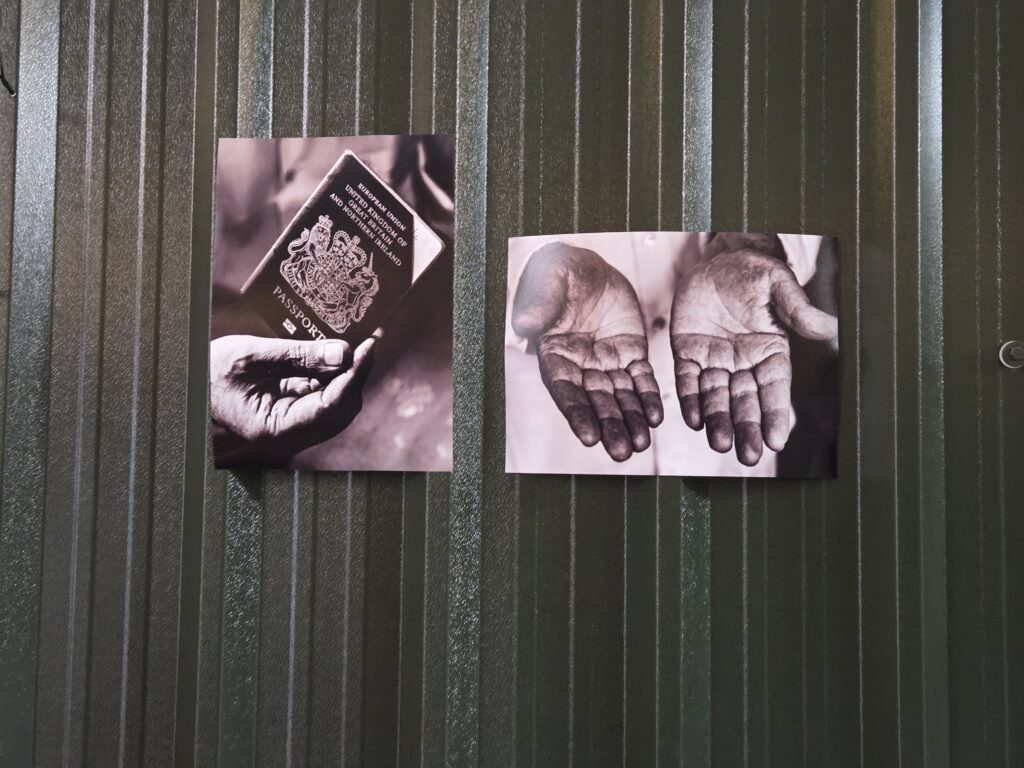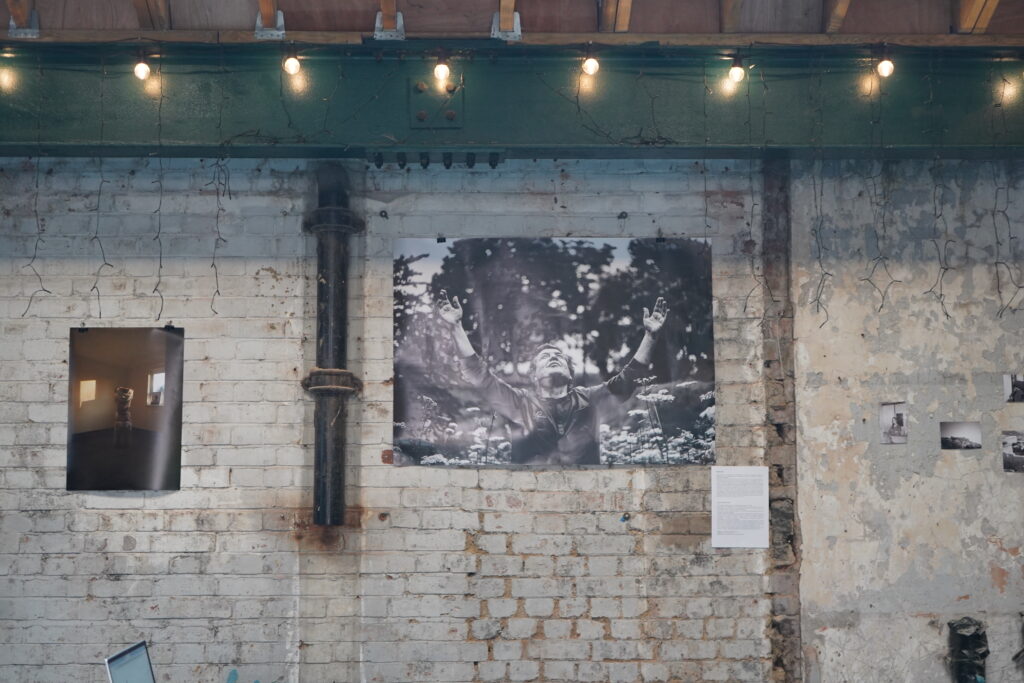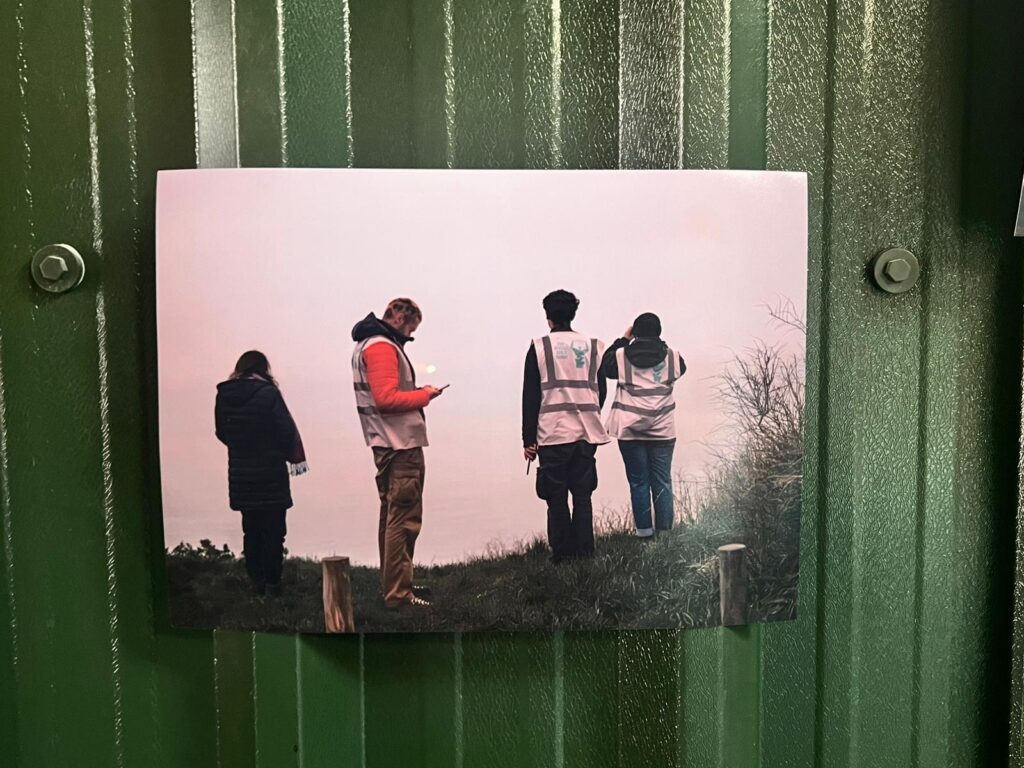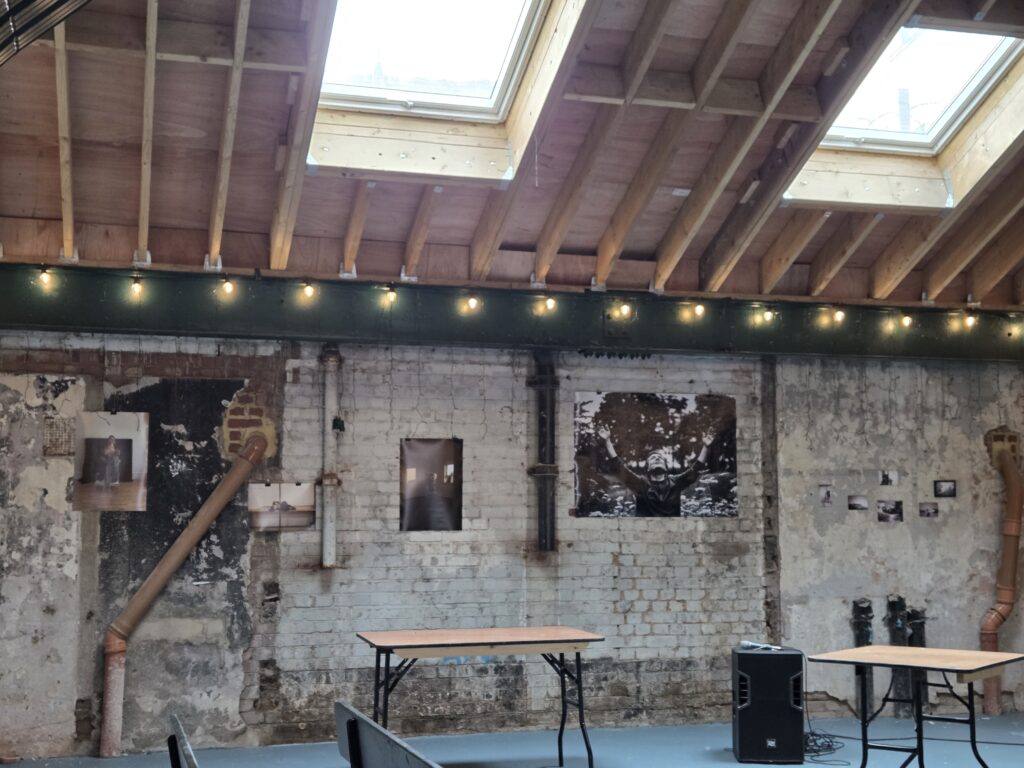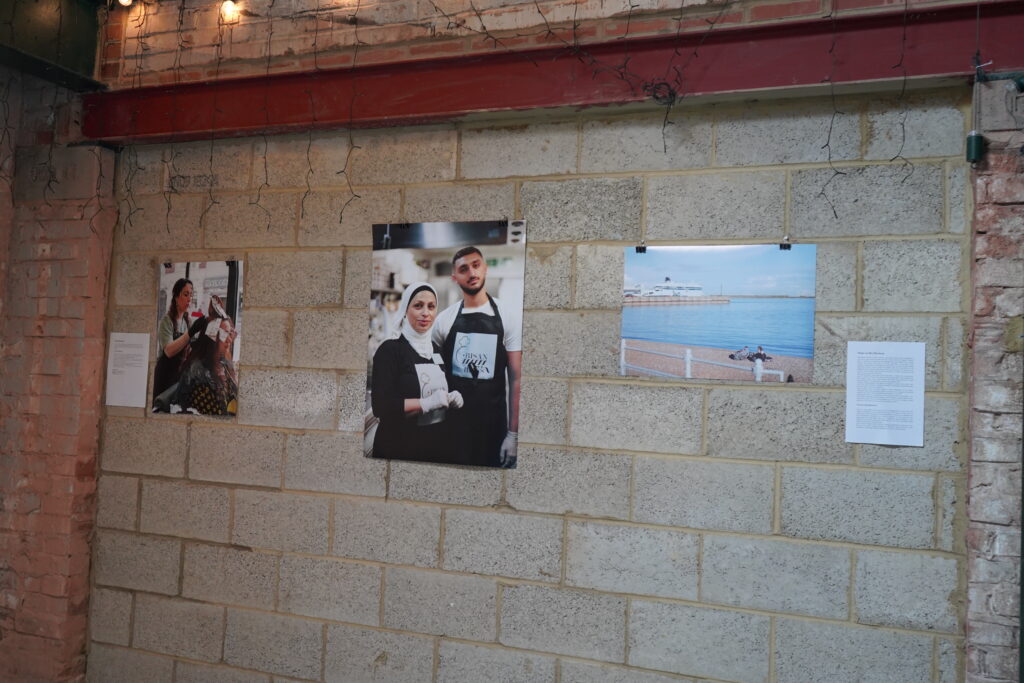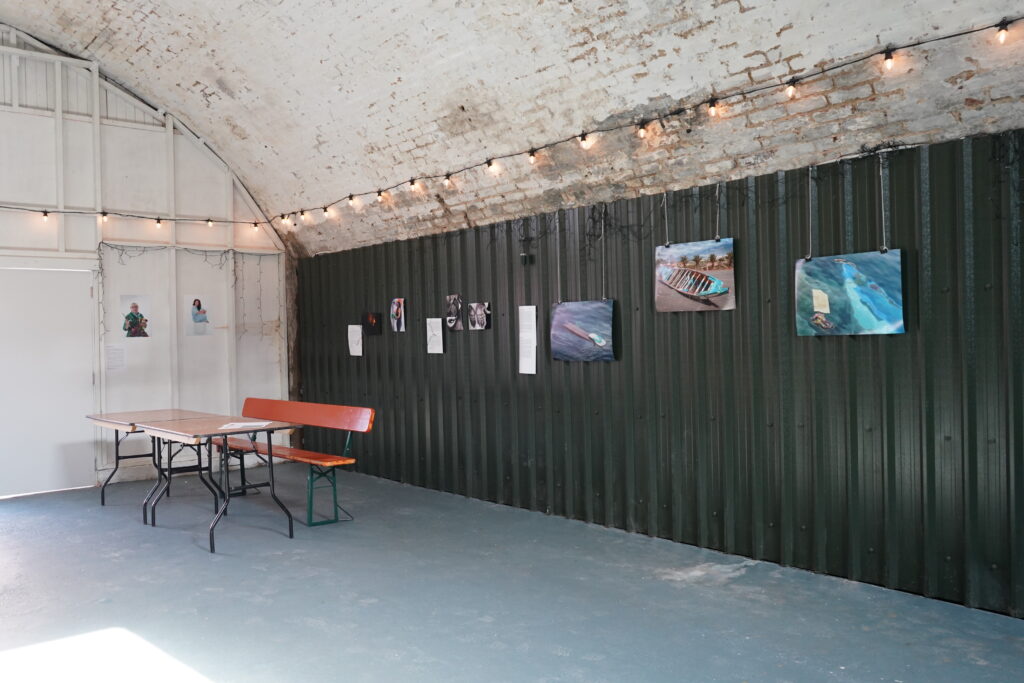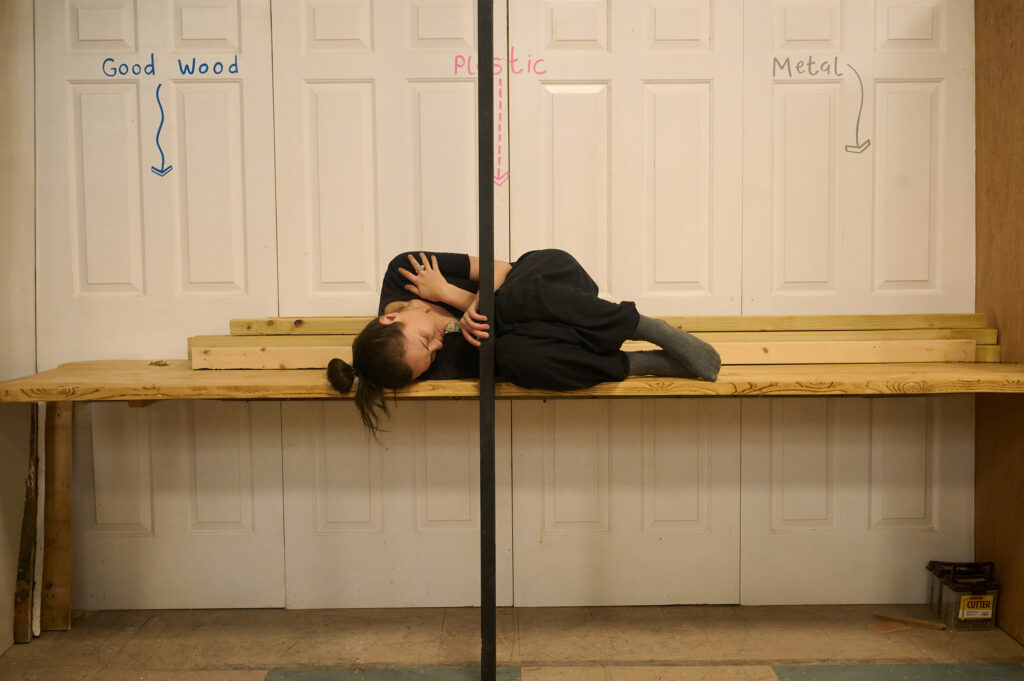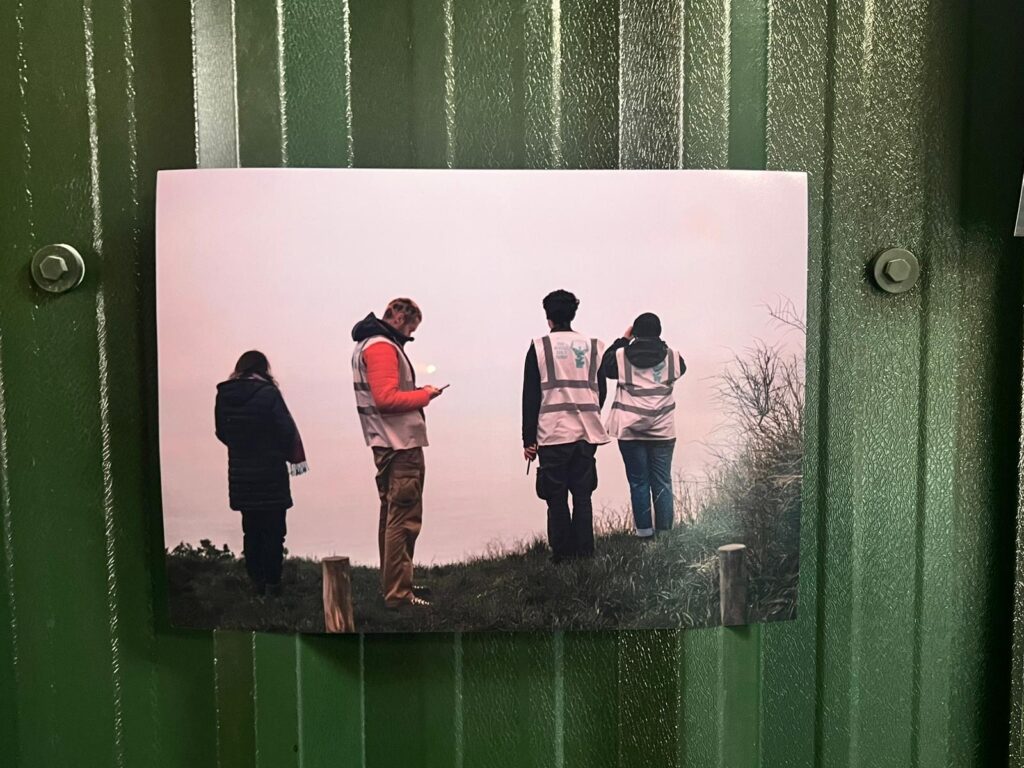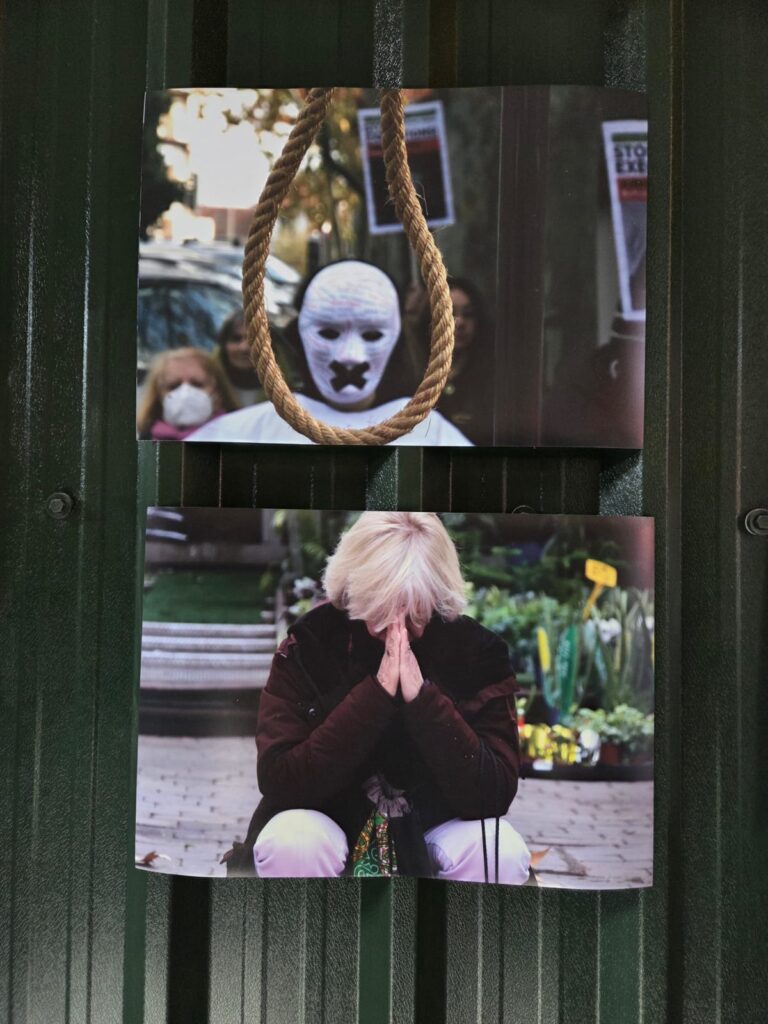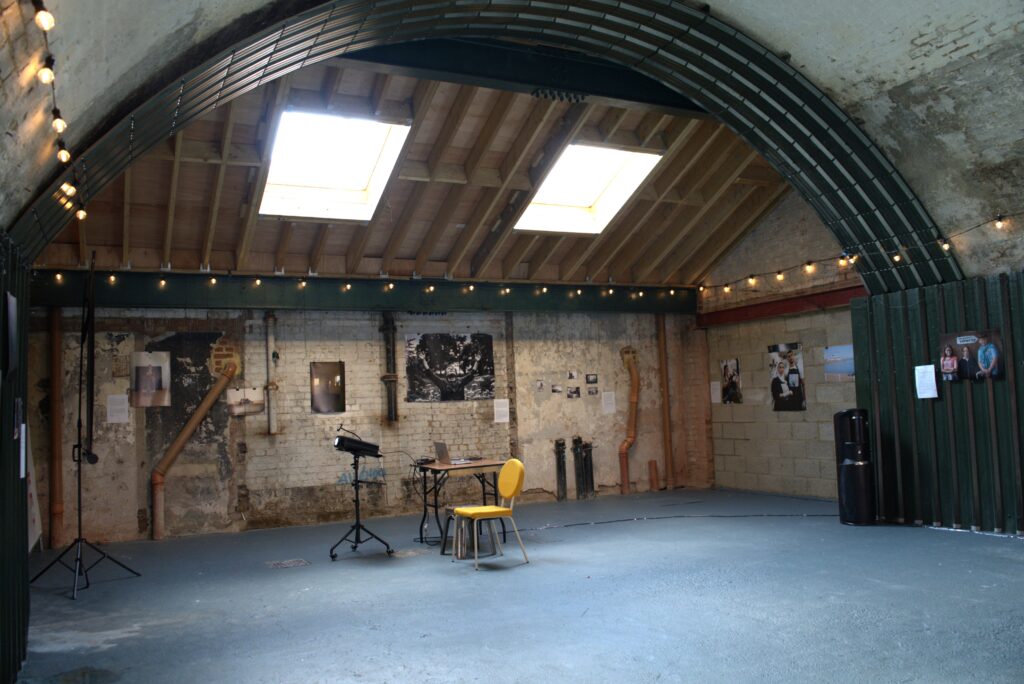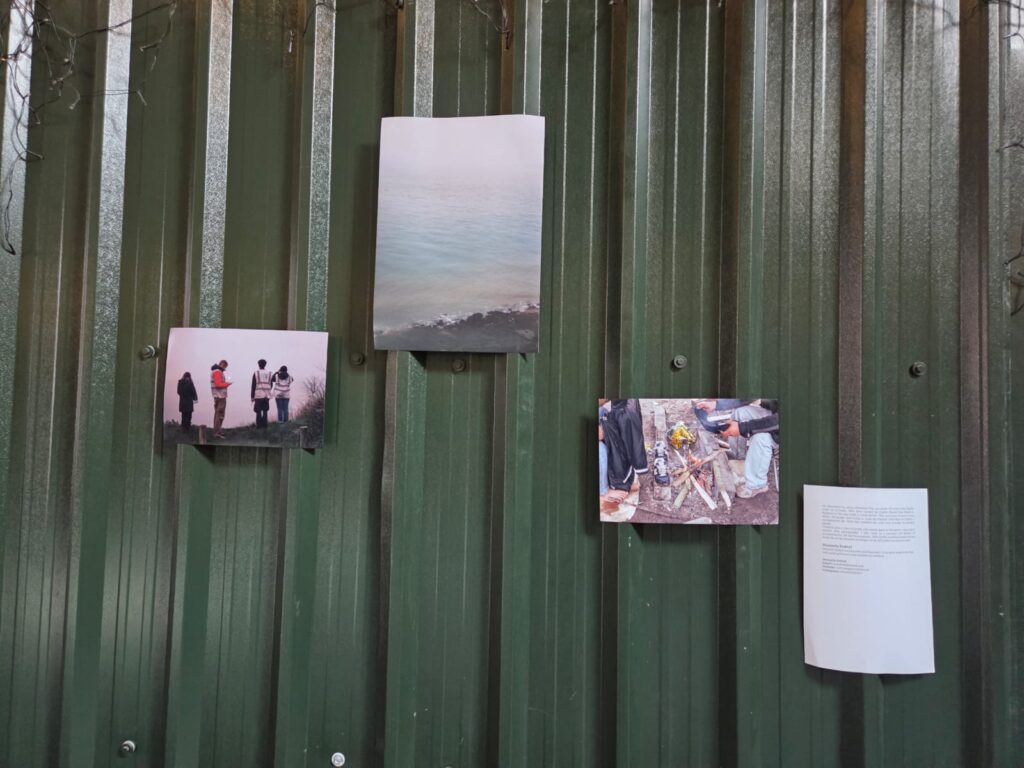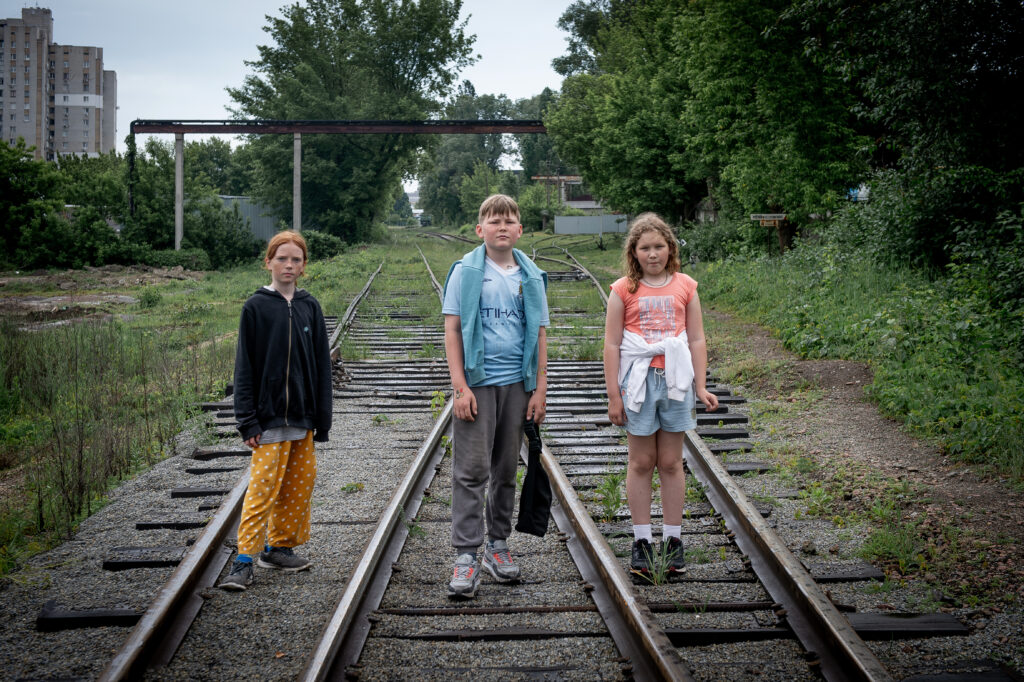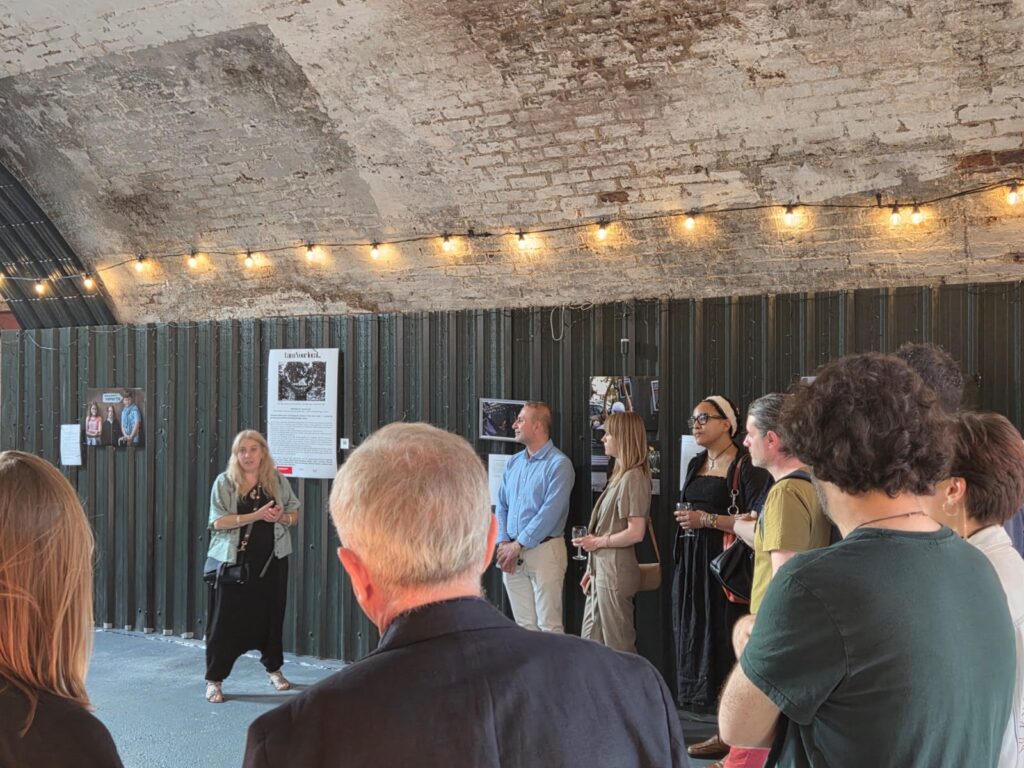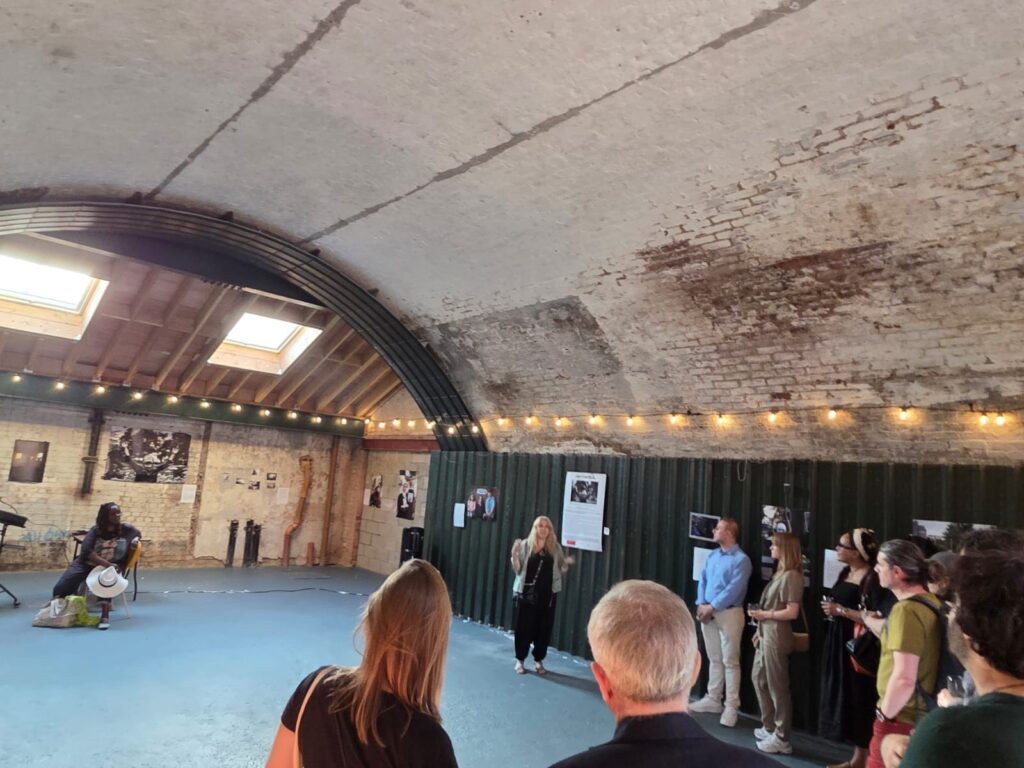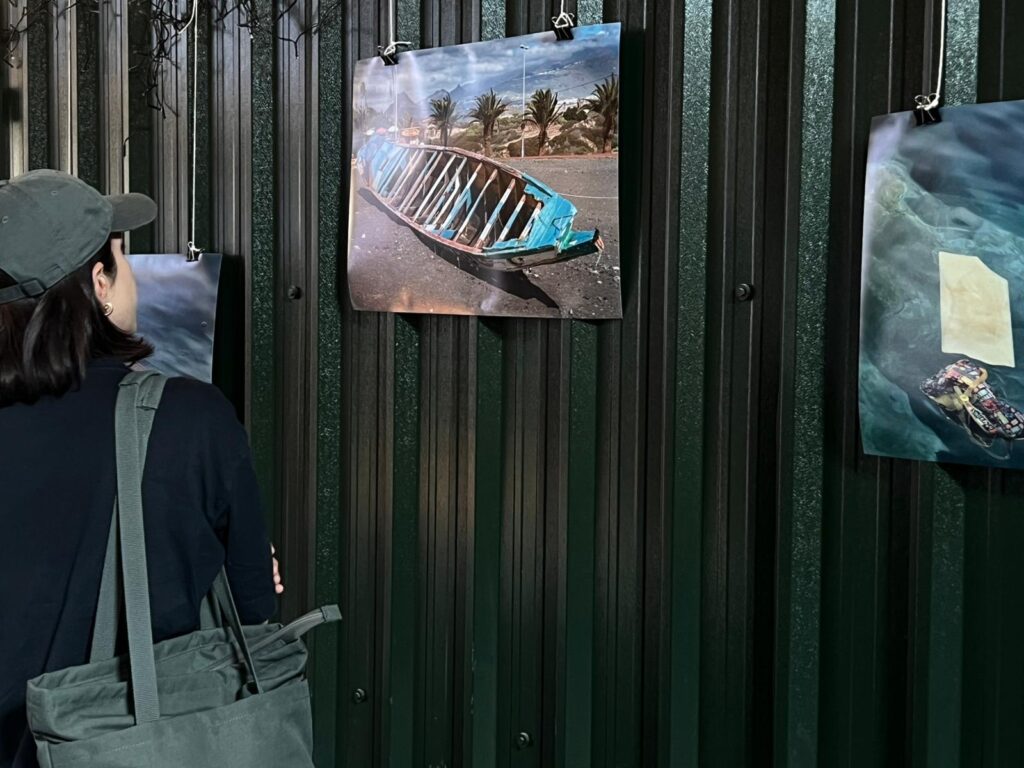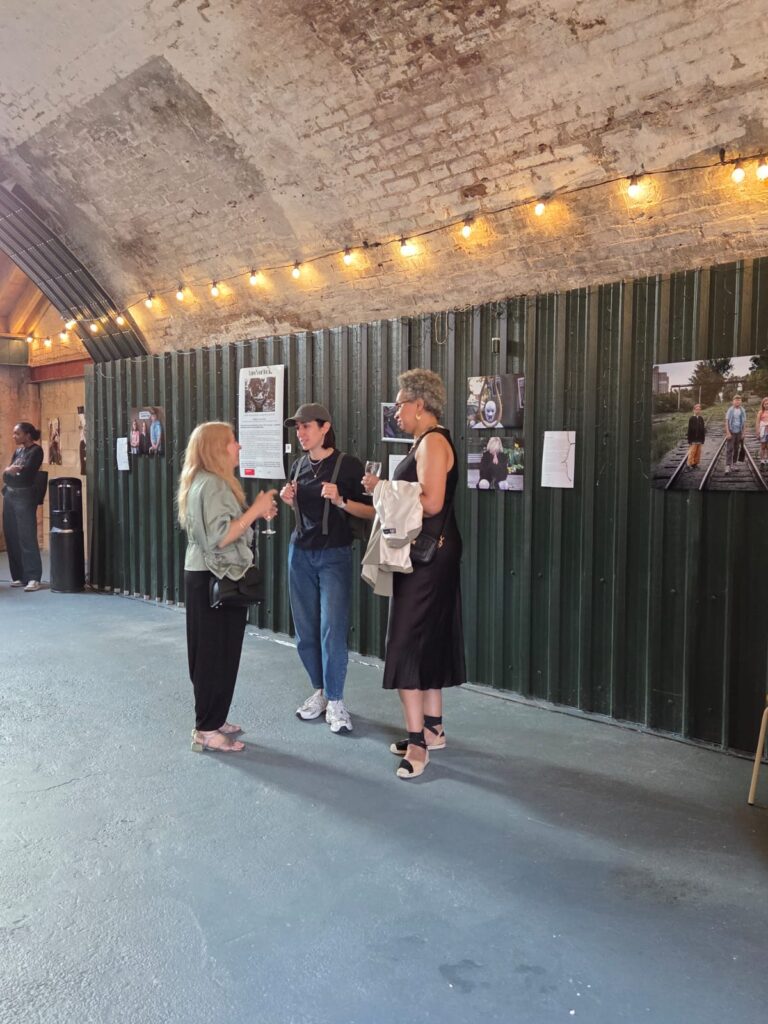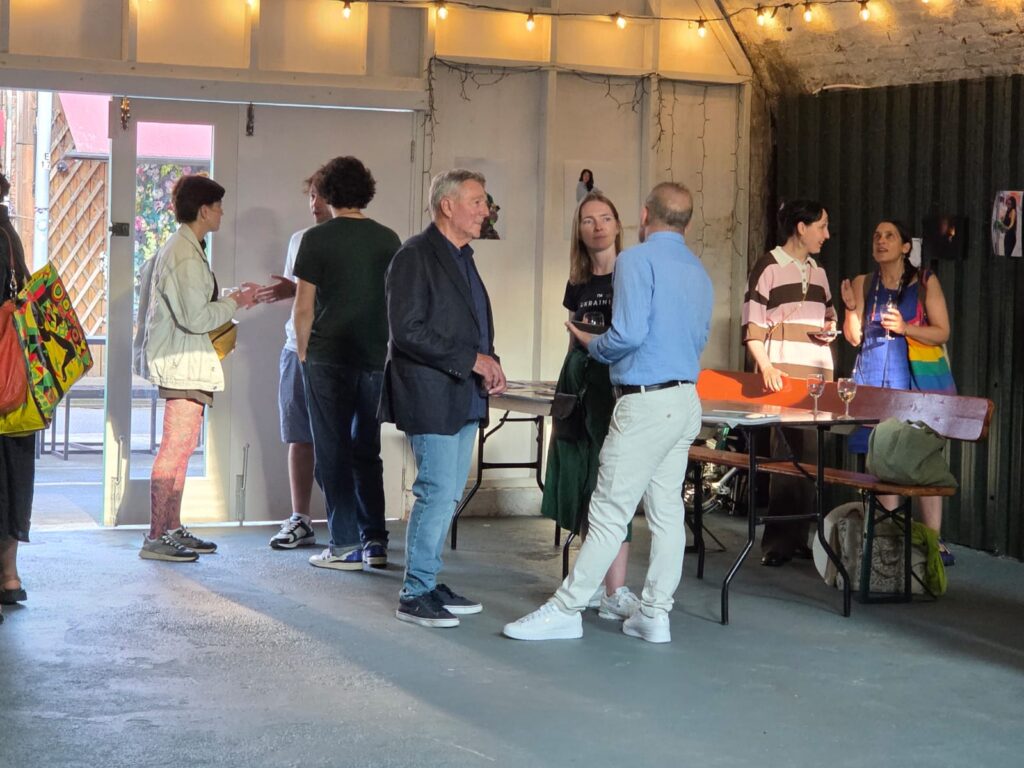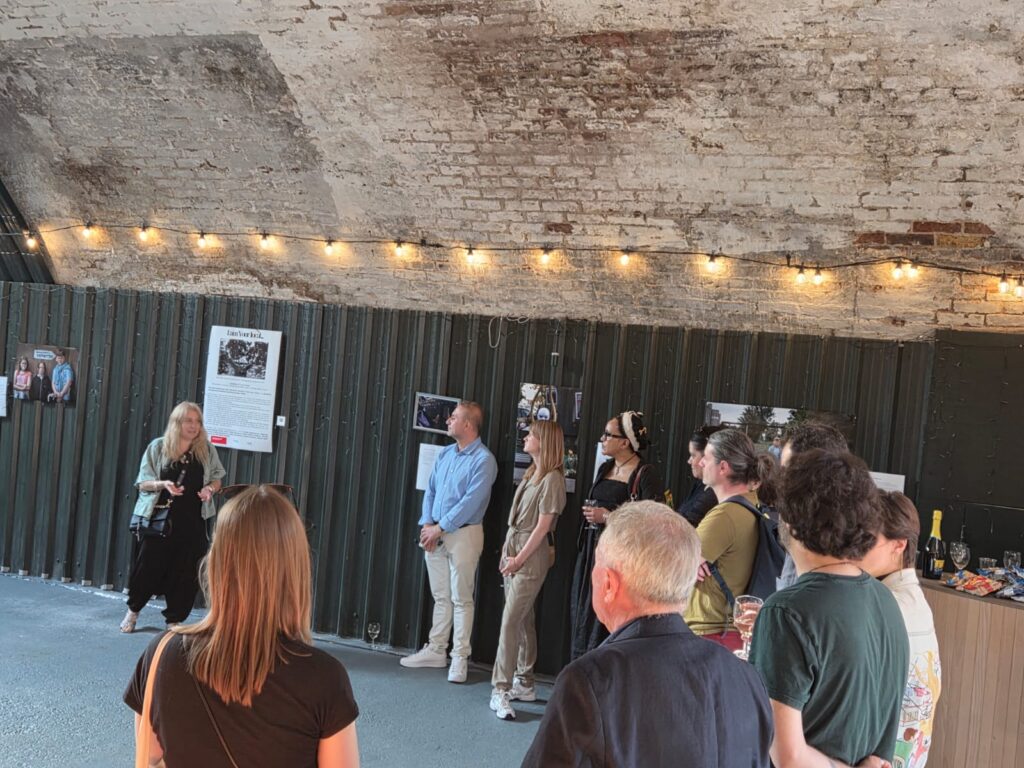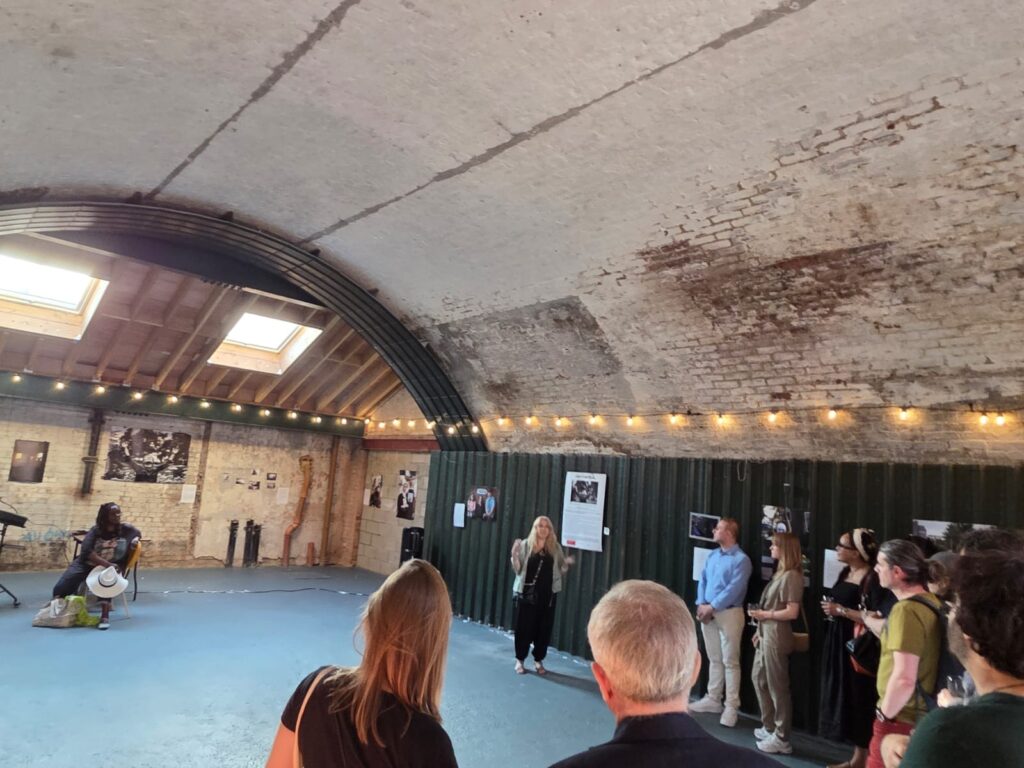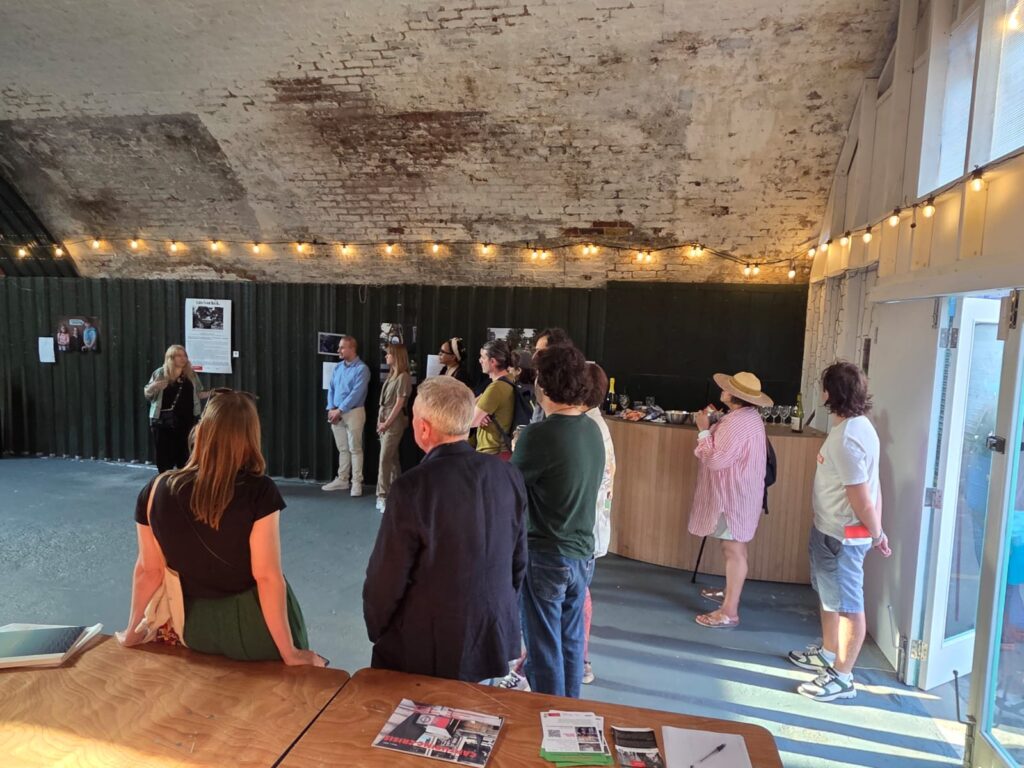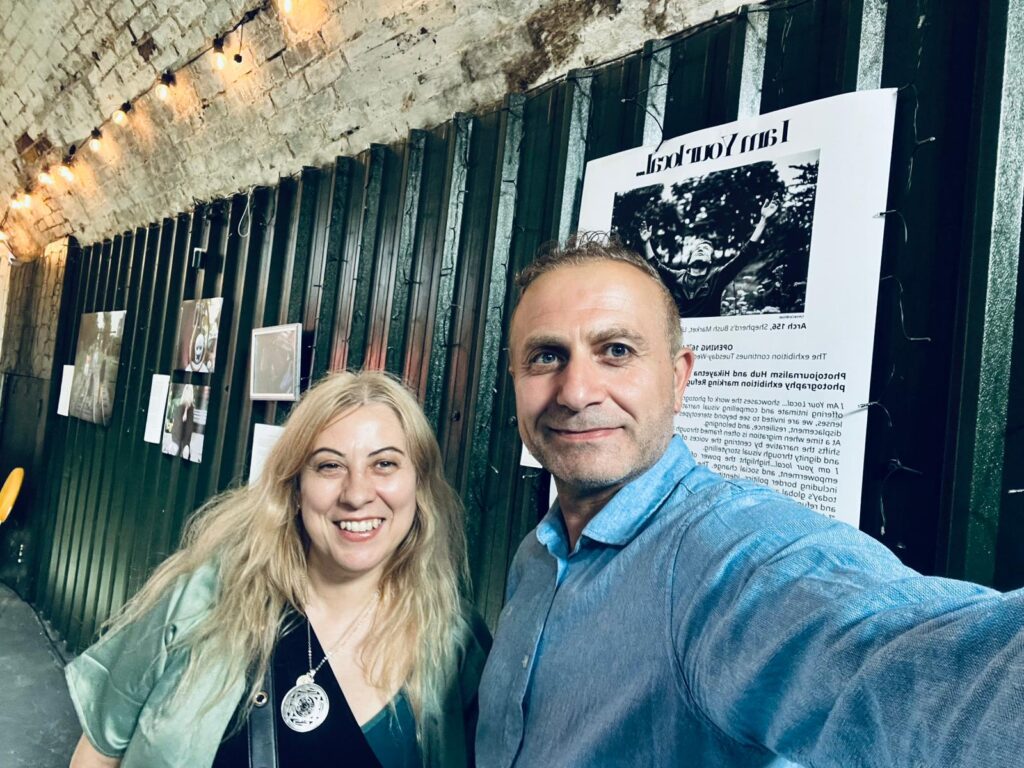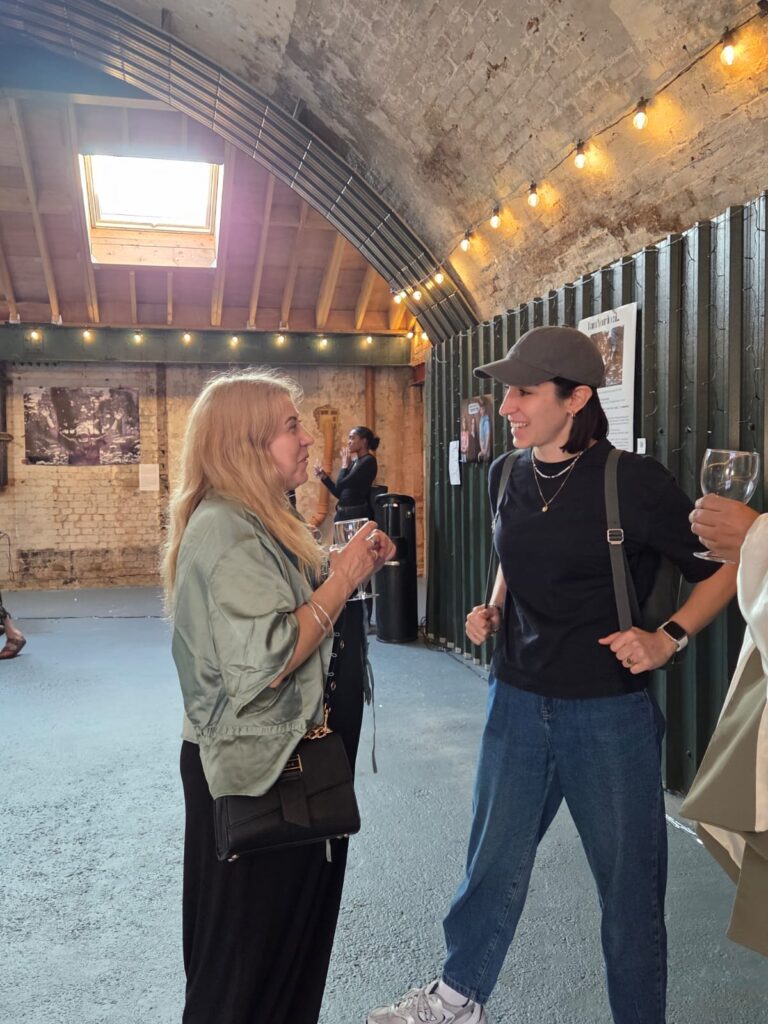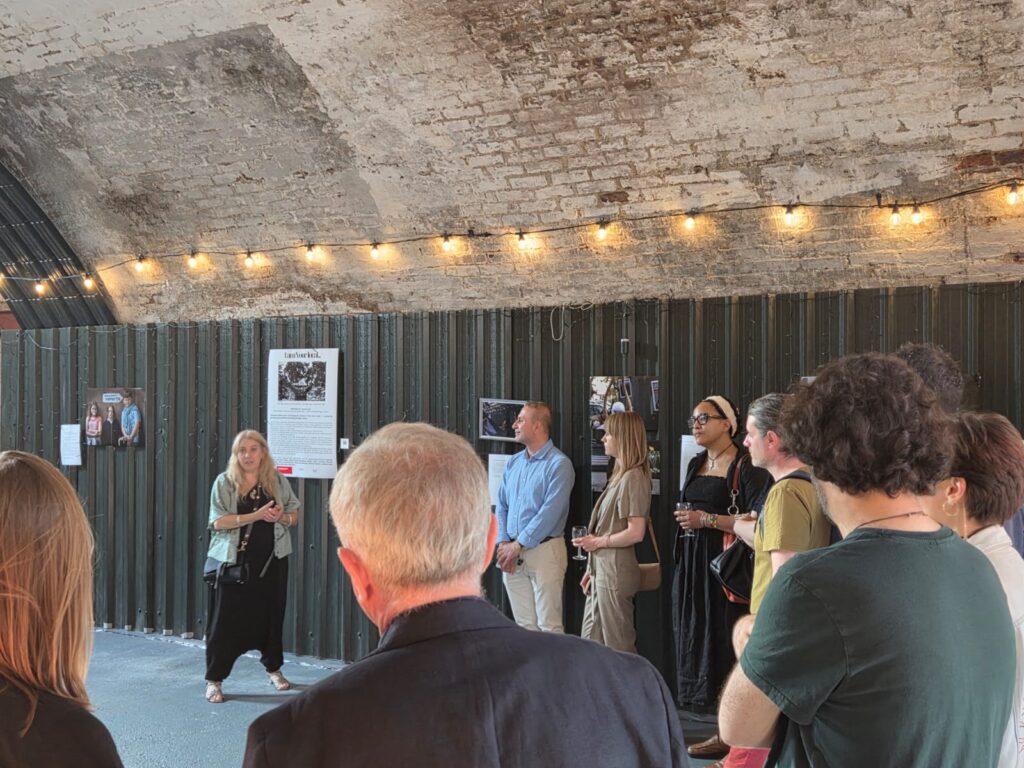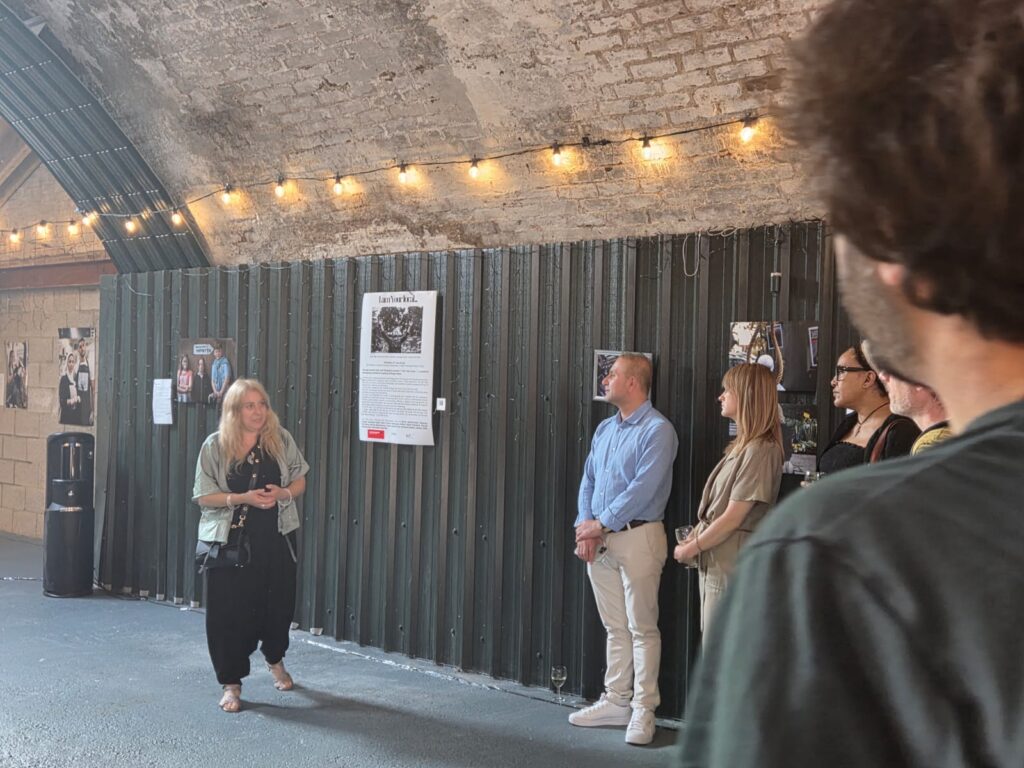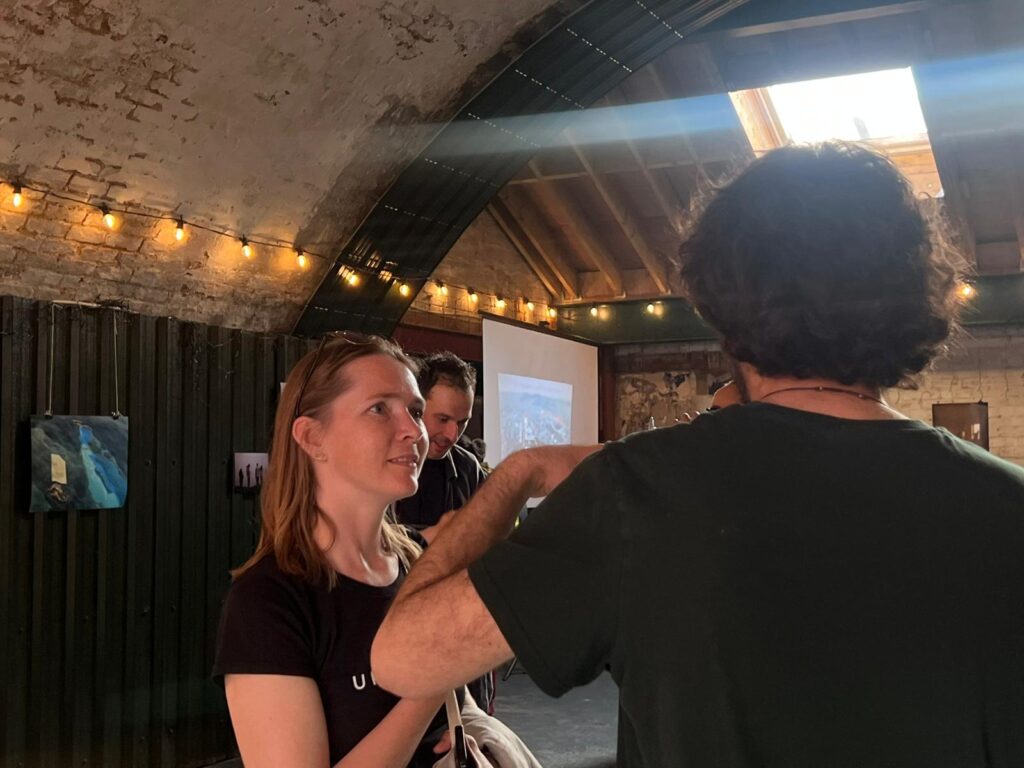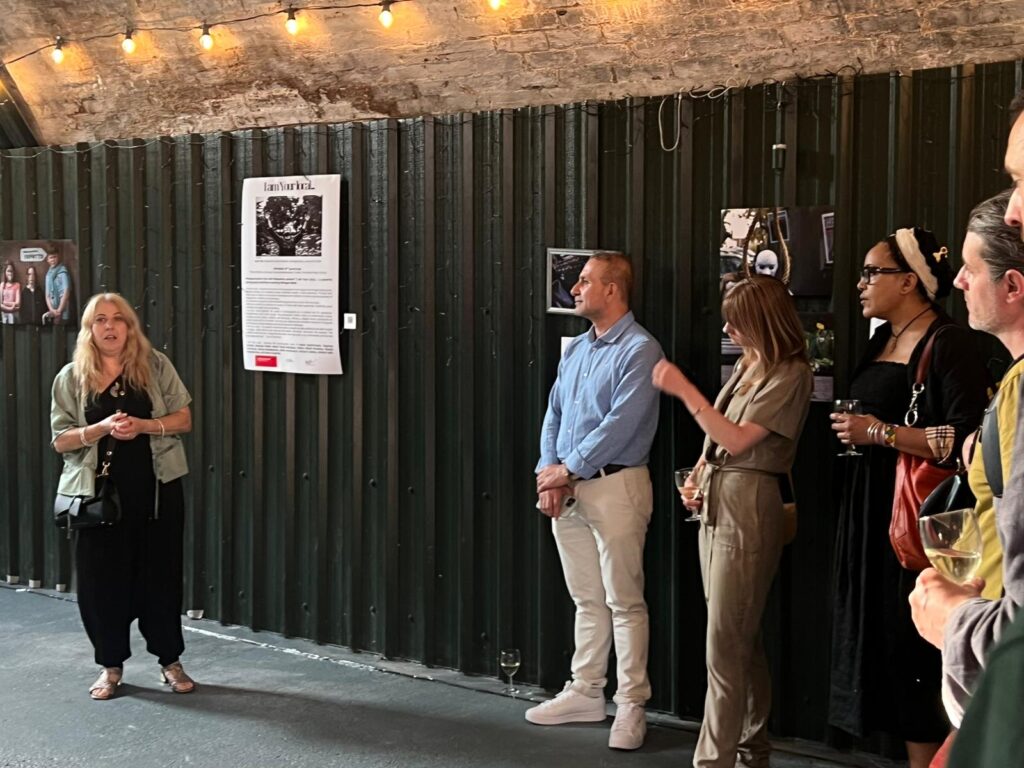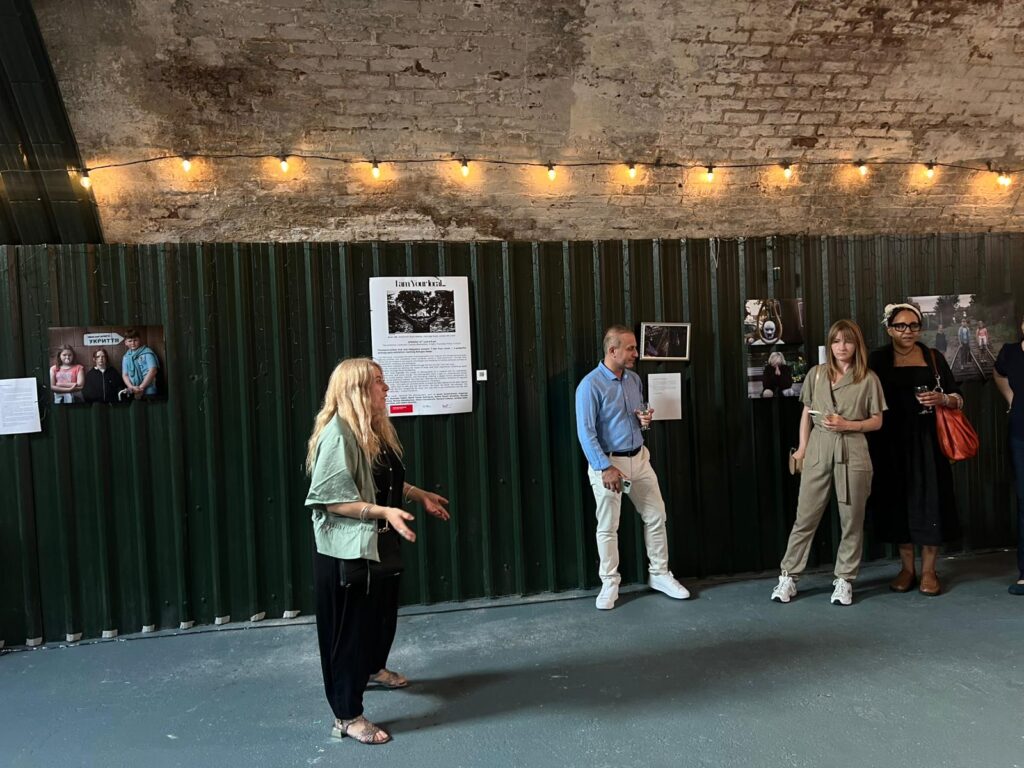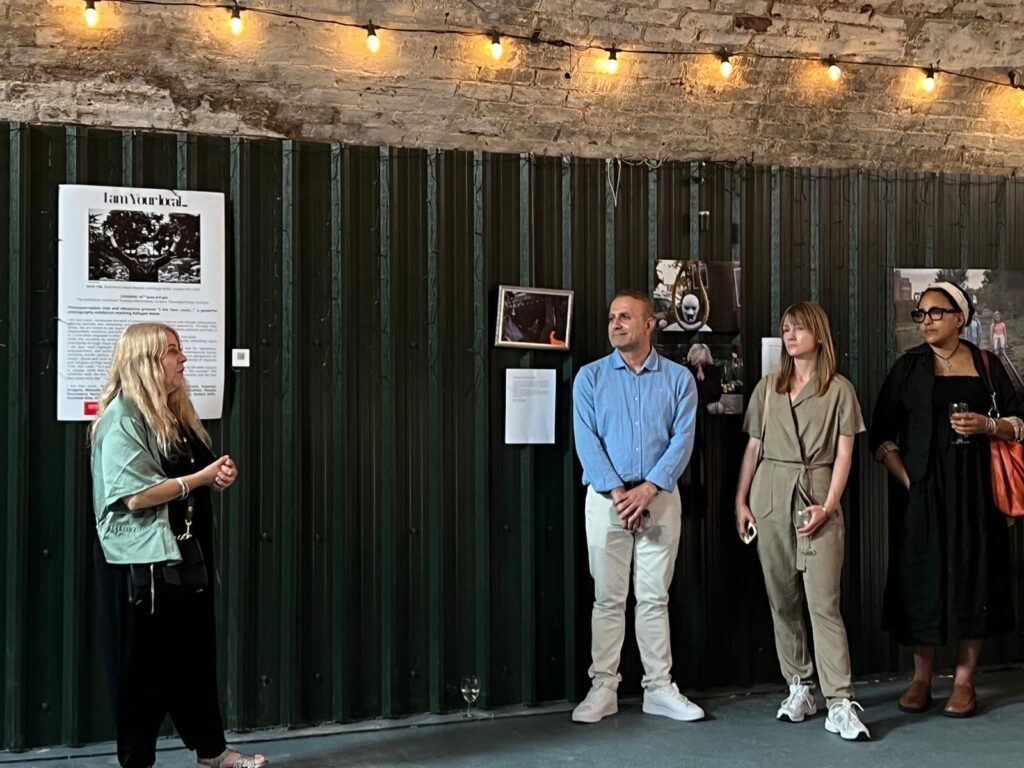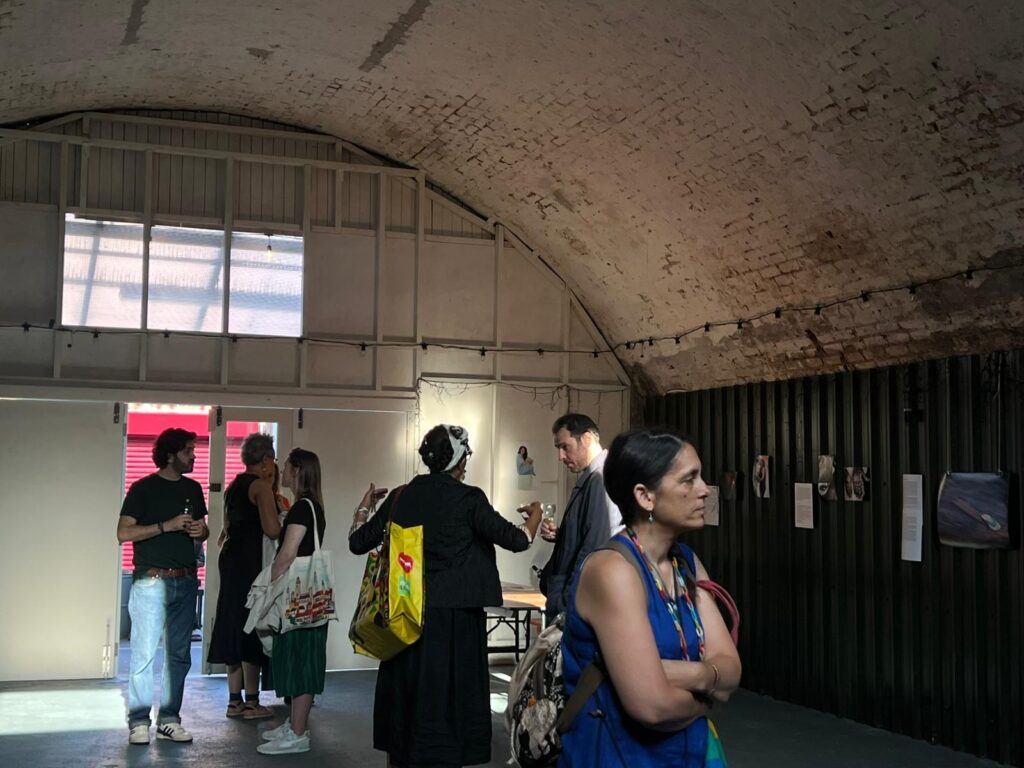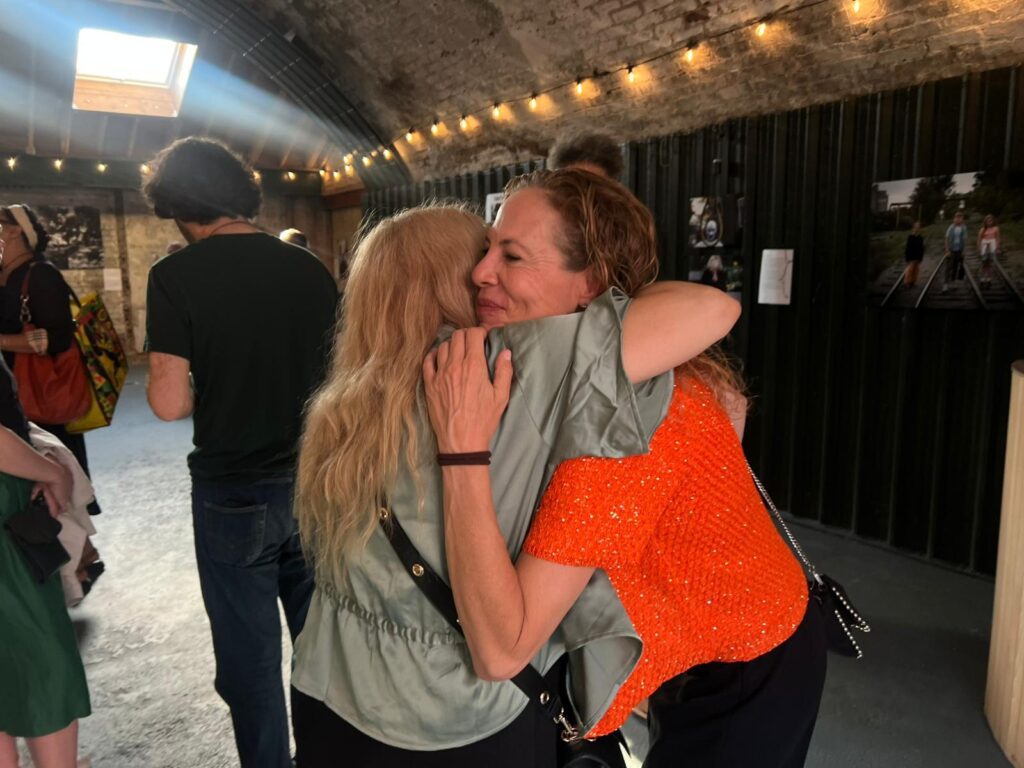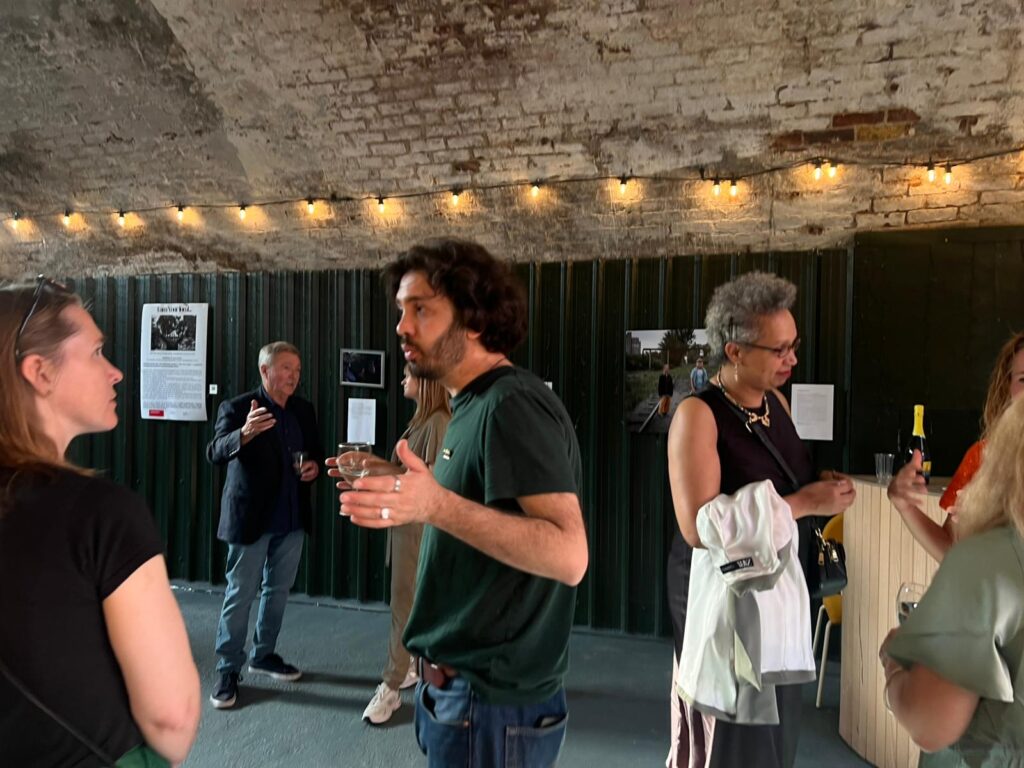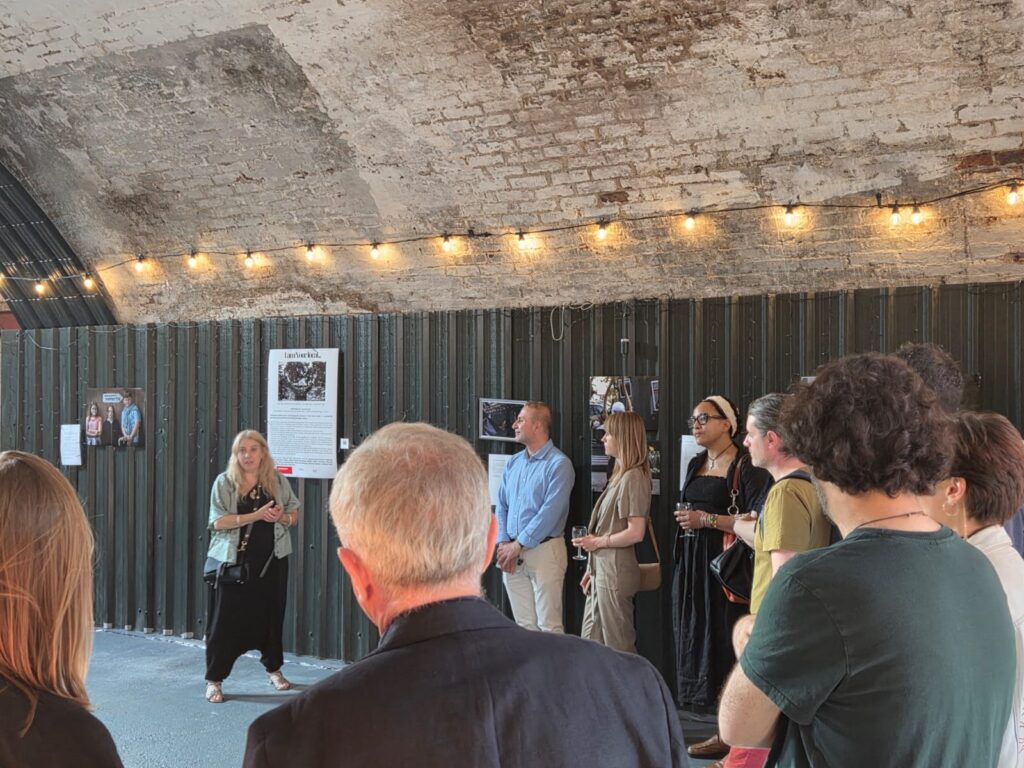Seeing the Green Exhibition Recordings
Carol Cooper
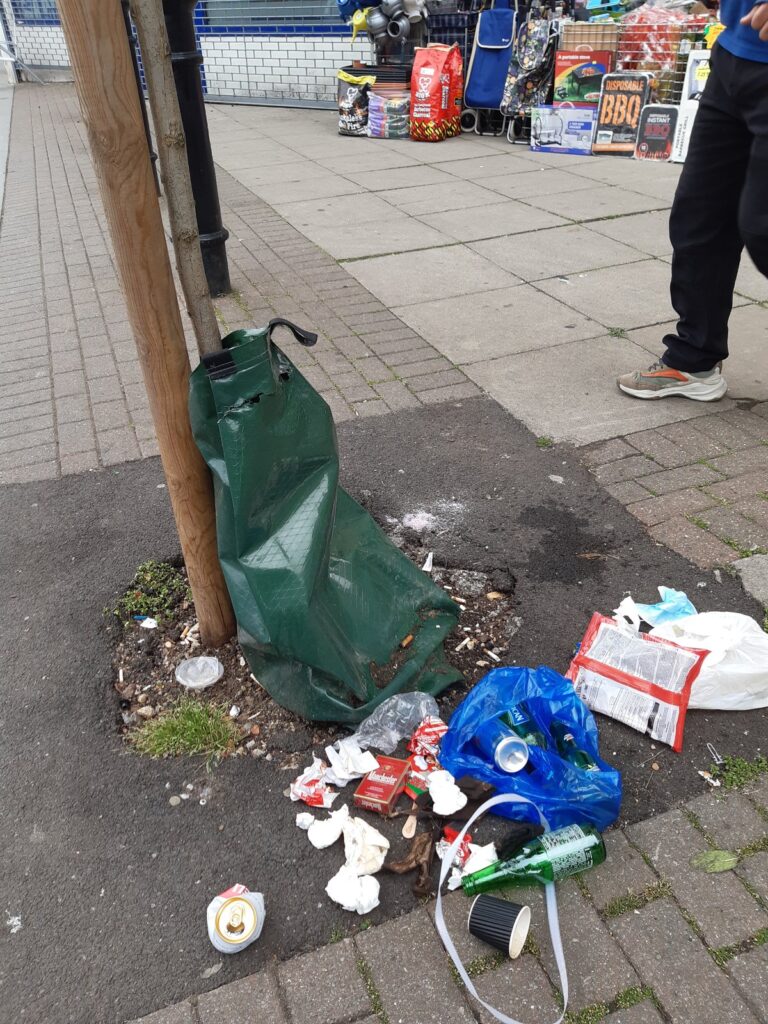
Listen to the audio
Trees ….. Tremendous!
Litter, not so …..
In 2012 I retrained in horticulture at the Capel Manor site in Regent’s Park. After two years of study I set up my own garden maintenance business and continue to work.
I’ve been concerned about climate change for 20+ years and have been protesting about that and Making Poverty History since I was a teenager with Global Justice Now! It’s clear it’s the poorer countries who are suffering most from disasters such as floods, hurricanes and earthquakes.
My ‘greening’ project relates to the trees planted in public spaces, which do several things to make life better. Trees are essential to human life, providing oxygen and purifying the air by absorbing carbon dioxide and filtering pollutants.
Straight away I noticed there were two young trees opposite Church Street library, with tree jackets that are meant to enable easier watering. However, I was horrified to find them regularly stuffed full of litter and detritus.
I tried to engage with one or two street cleaners and spoke to Muhammad Aziz, pictured. It’s quite easy to lift the tree jackets to expose the litter. In August I was able to speak to two Council staff with responsibility for Church Street market and I expressed my concerns.
I’d like to see Westminster Council being more proactive in caring better for the younger trees in particular. This summer we’ve experienced four heat waves and it should be obvious that these trees need regular watering. This is crucial during their early years in order for them to establish a good root system to ensure they survive and grow to maturity.
I’ve lived and worked in Westminster for over 40 years. A few weeks ago I spoke by phone to Curtis Fletcher, a Council representative and asked why the trees couldn’t be watered by those responsible for watering the hanging baskets. However, it appears that’s been outsourced to a private contractor.
I’d like to encourage residents who live on the ground floor where there are young street trees to lend a hand in watering them as well. We all know from the summer we’ve just experienced that the trees are still going to need our help in the years ahead.
Anne Hogben
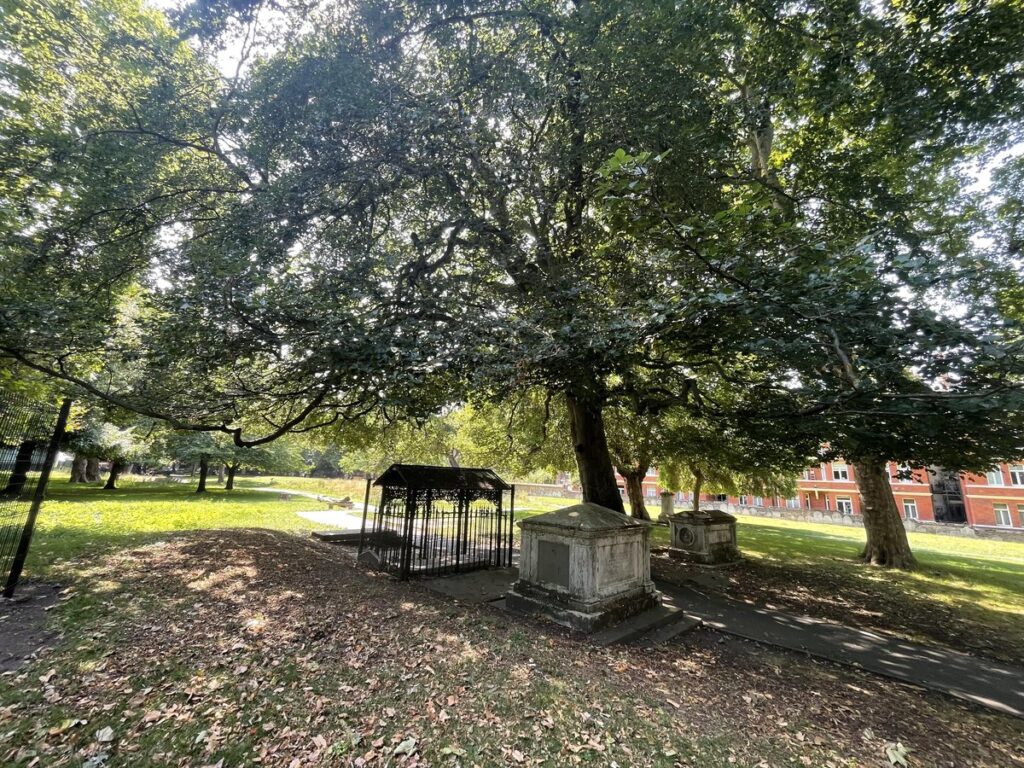
Listen to the audio
Seeing the Green
This series of six photographs explores some of the different ways that light falls and how those reflections and the shadows cast can transform or distort our perception of everyday objects in curious and unexpected ways.
The viewer is invited to slow down and pause and look again and notice how our ordinary everyday world can become something a bit strange and mysterious.
The images were captured on sunny mornings in the green spaces near the Church Street area of Westminster.
IG: annehogben
Roberta Mitchell
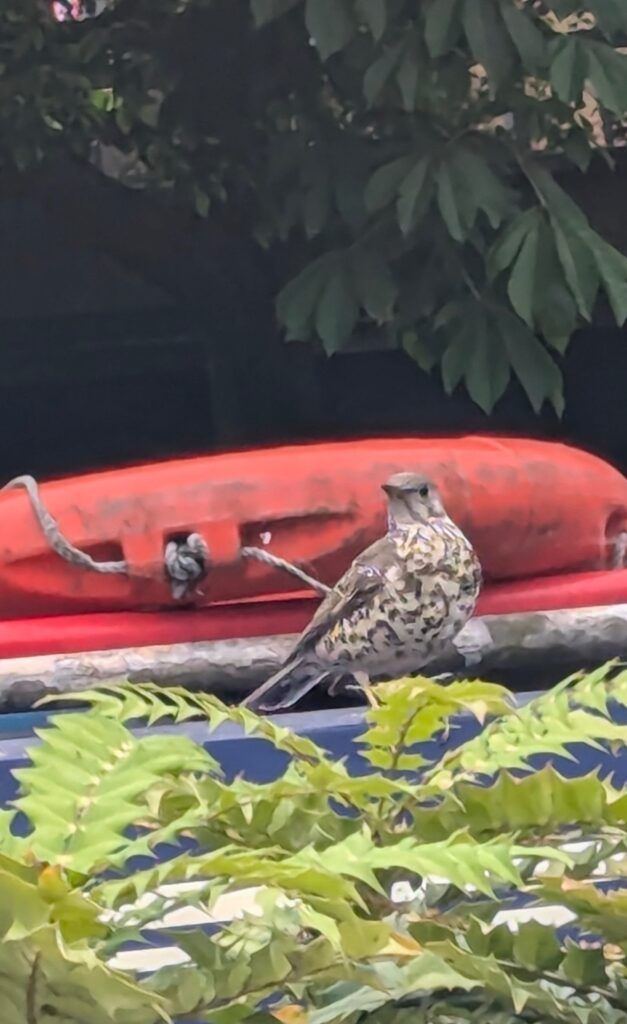
Listen to the audio
Shades of Urban Green
Although I’ve lived in London for more than 40 years I’m still a country girl at heart and happiest in places where I can commune with nature.
Grave yards, parks, canals and riversides have become a haven for wildlife, plants and trees who have set down their roots and adapted to urban living giving us all the opportunity to reconnect to the natural world in our everyday lives.
Matei Muntiu
Green Space Heroes
We walk through London’s green spaces every day. Parks, gardens, and tree-lined squares that feel like a breath of fresh air in the middle of the city. We stop to admire the flowers, we sit on the grass, we watch the leaves turn with the seasons.
But rarely do we ask ourselves: who made this possible?
Behind every well-kept lawn, every blossoming rose, every path free of weeds, there is a person. Someone who woke up early, who worked in the rain, who shaped the soil with patience and care.
These are the quiet heroes of our shared spaces. Their hands, often unnoticed, give us beauty, shade, and peace. They turn patches of land into living canvases, where we find rest, joy, and a sense of belonging.
This project is about them. About making their work visible. About showing the faces and the stories behind the gardens and parks we sometimes take for granted.
When you next walk through a park and feel the calm it brings, remember: it didn’t happen by chance. It happened because someone cared enough to tend it.
And today, it’s time we see them, not just the spaces they shape, but the people who give those spaces life.
Victoria Sanders
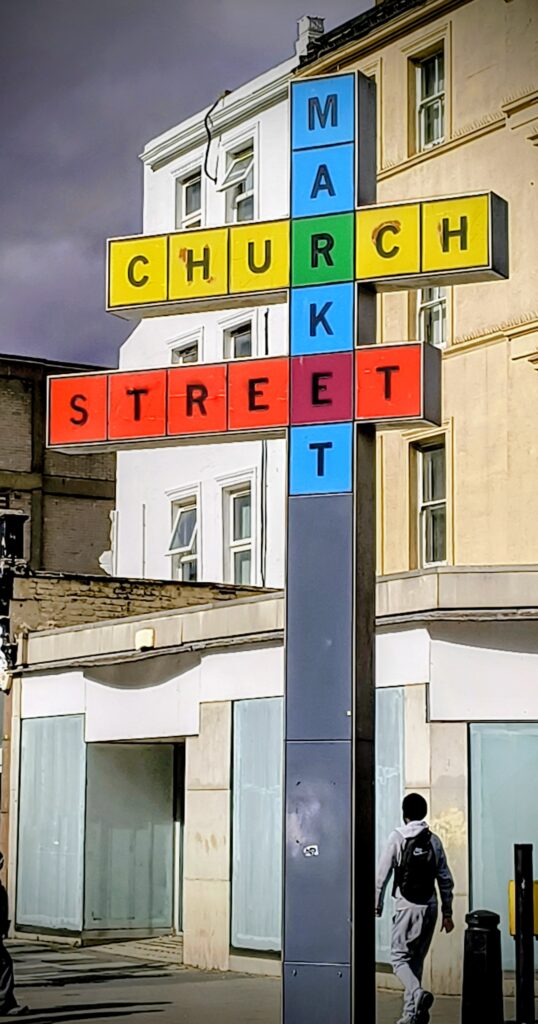
Listen to the audio
Green is a very calming, natural, hopeful colour. However, rather than photographing vegetation in the local area, I chose to focus on other objects that display vivid flashes of green – items that define the locality or promote community or have a beneficial environmental impact.
The landmark Church Street Market sign welcomes visitors to this busy, vibrant, multicultural market. The giant childlike alphabet blocks centred on the letter ‘R’ are arranged like the answer to a crossword puzzle.
The library is ‘home’ to our project and an important community space. The textured approach wall features circles reminiscent of bubble wrap just waiting to be ‘squished’.
On nearby Gateforth Street, the Cockpit Theatre makes a bold turquoise statement, its columns march into the distance protecting the theatre-in-the-round within.
A psychedelic number 98 bus stands at the Church Street Market stop. The hybrid and zero-emission buses sport a distinctive livery promoting a greener city.
The Westminster Wheels community bike shop, painted in a cool shade, encompasses environmentally friendly transport, refurbishment, recycling and retraining.
A single photo of capsicum peppers represents the vast array of market produce, the solo green fruit in strong contrast to its red counterparts.
Maria Speller
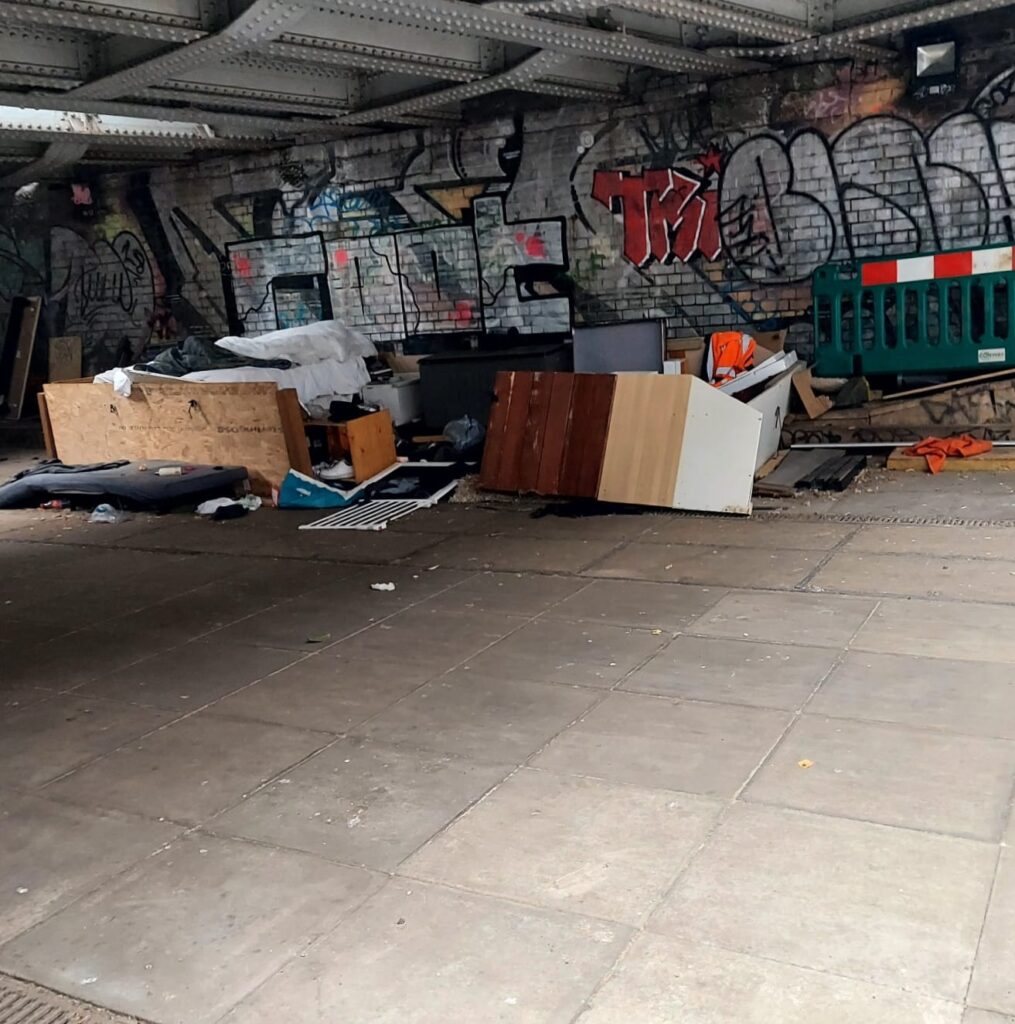
Listen to the audio
The Silent Decline of London’s Canals
The Paddington Arm and Regent’s Canal were once key trade routes, transporting coal and goods from across the country into London. With the arrival of the railway, the canals fell into decline until recent redevelopment transformed them into vital public spaces.
Today, these waterways provide accessible green areas for walking, cycling, and boating while supporting a wide range of wildlife. These restored canals now play a crucial role in urban wellbeing and biodiversity. However, pollution threatens to reverse this progress.
Bottles, wrappers, and discarded debris are frequently seen along the water’s edge. It not only degrades the canal’s appearance but also damages habitats and harms wildlife.
Although the Canal & River Trust and local volunteers work hard to maintain the area, the problem persists, largely due to public neglect. Clear signage is often ignored. If this continues, parts of the canal may become unpleasant and unsafe, losing the very qualities the redevelopment aimed to provide. Protecting these spaces is crucial, not just for the environment but for the communities who depend on them.


